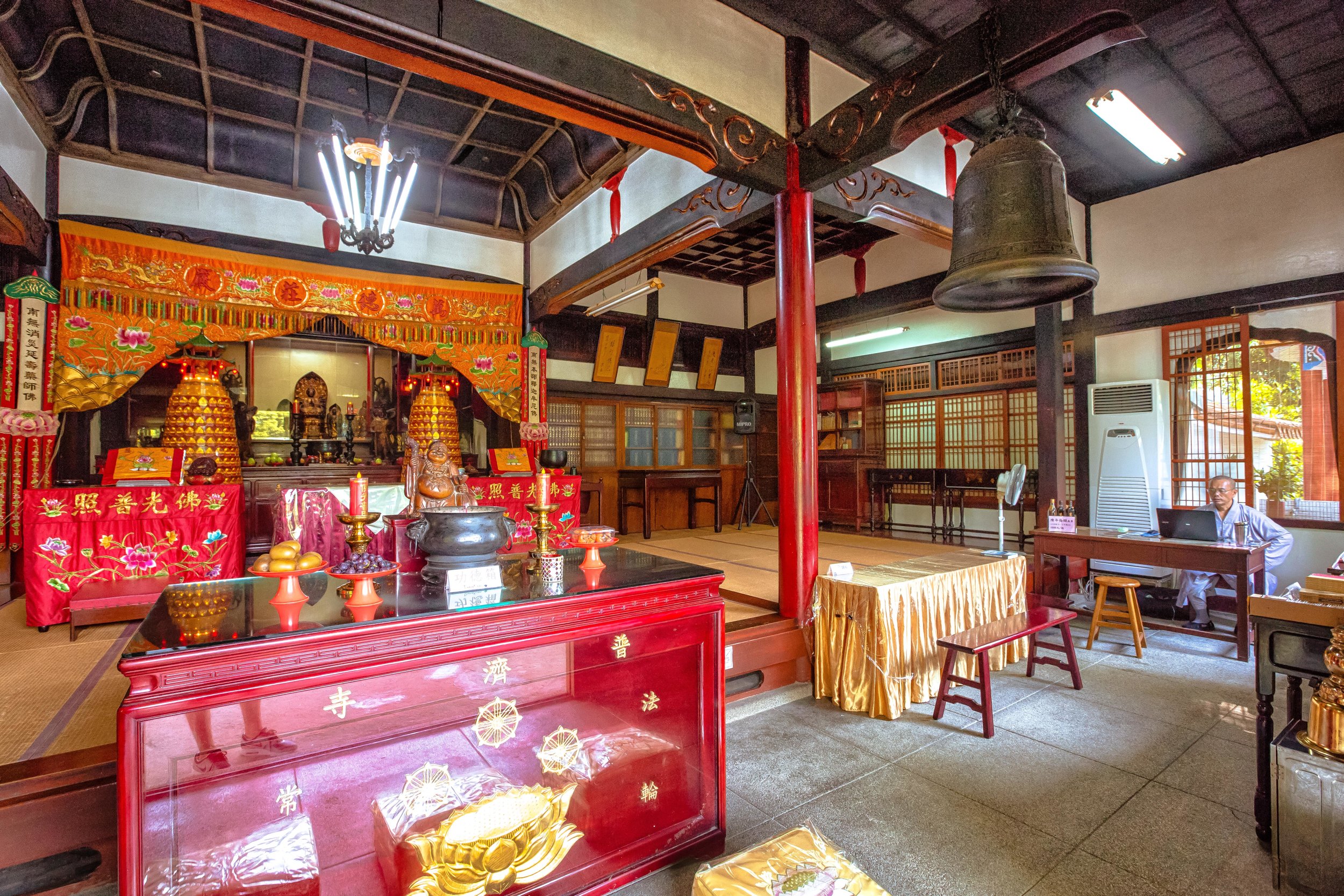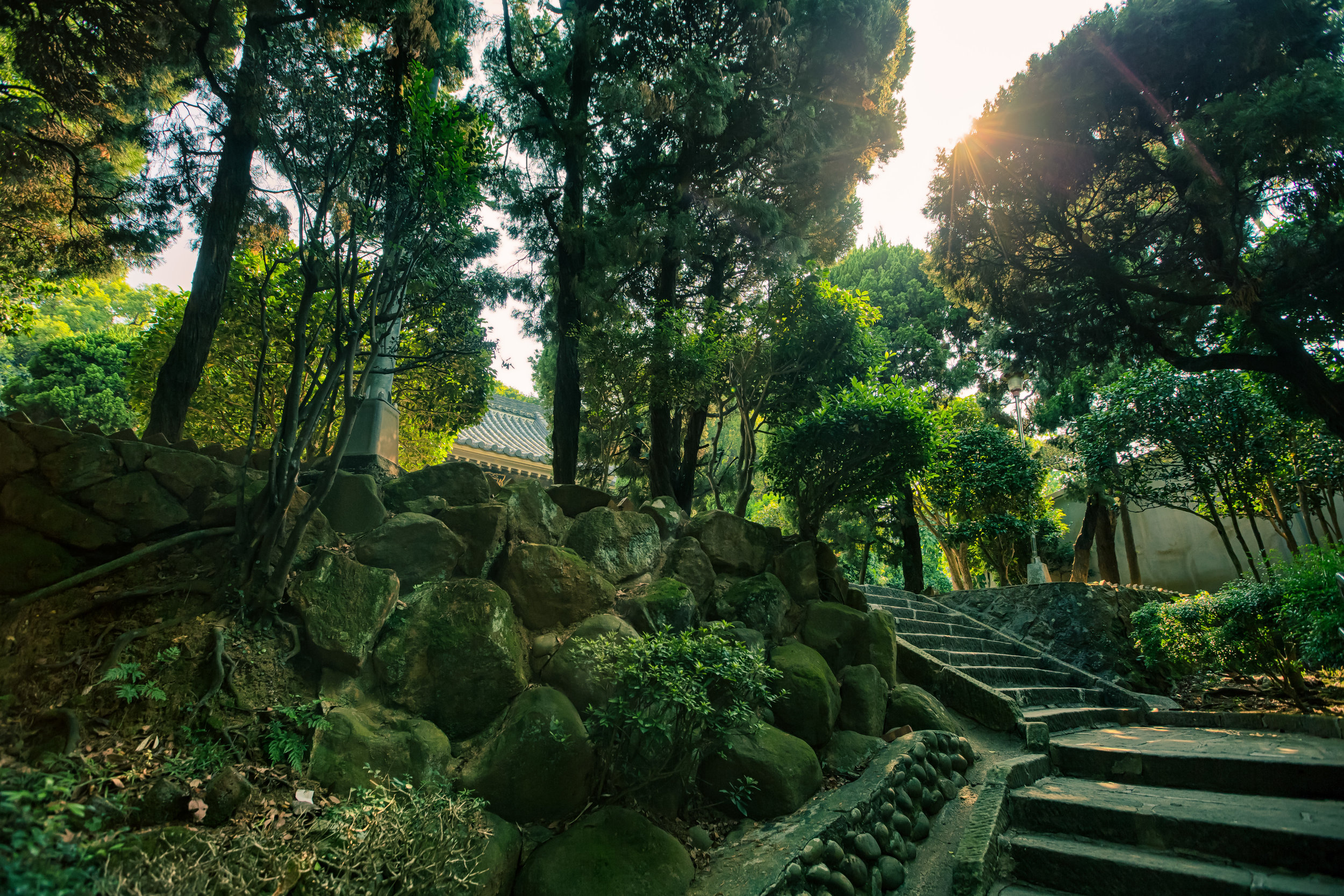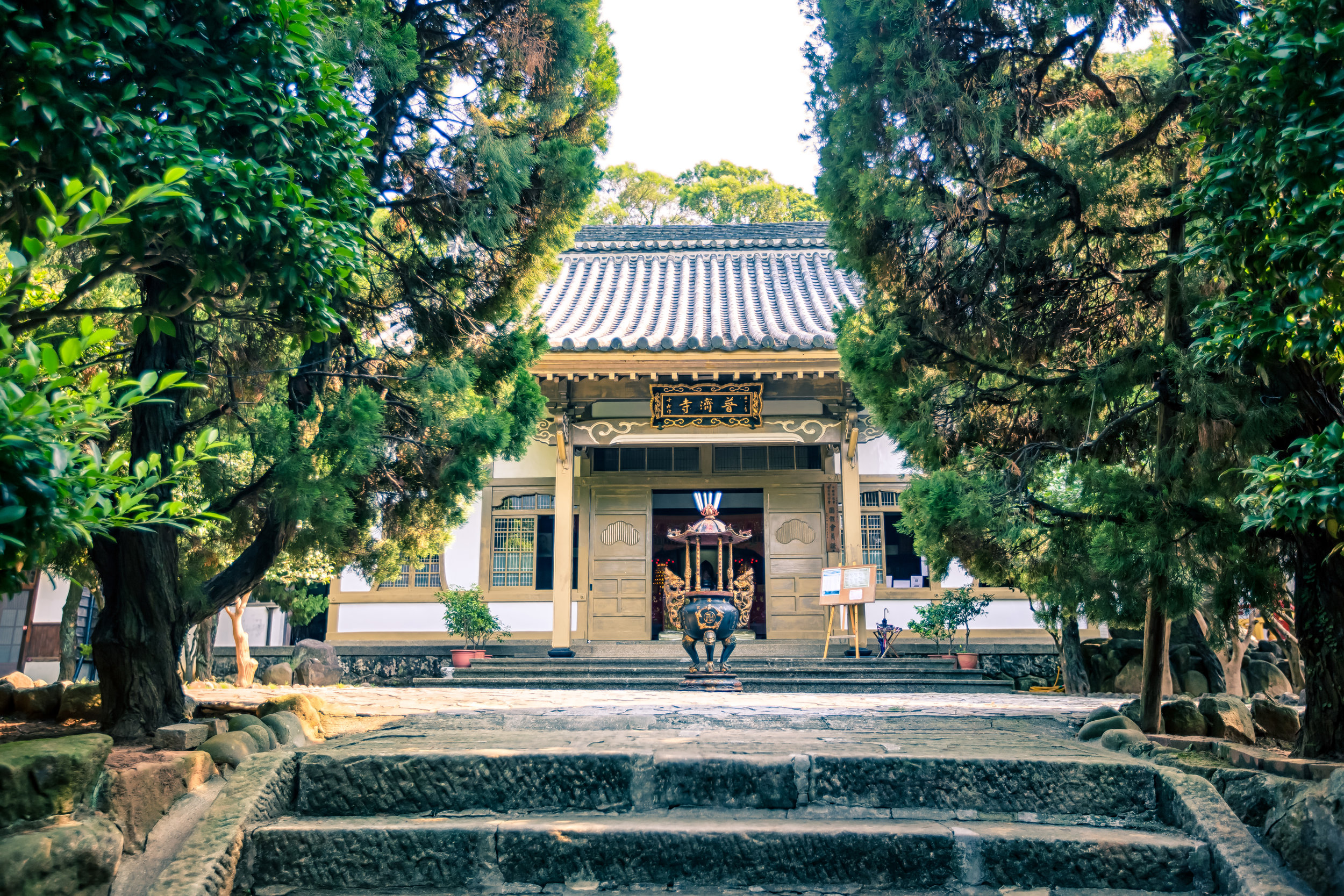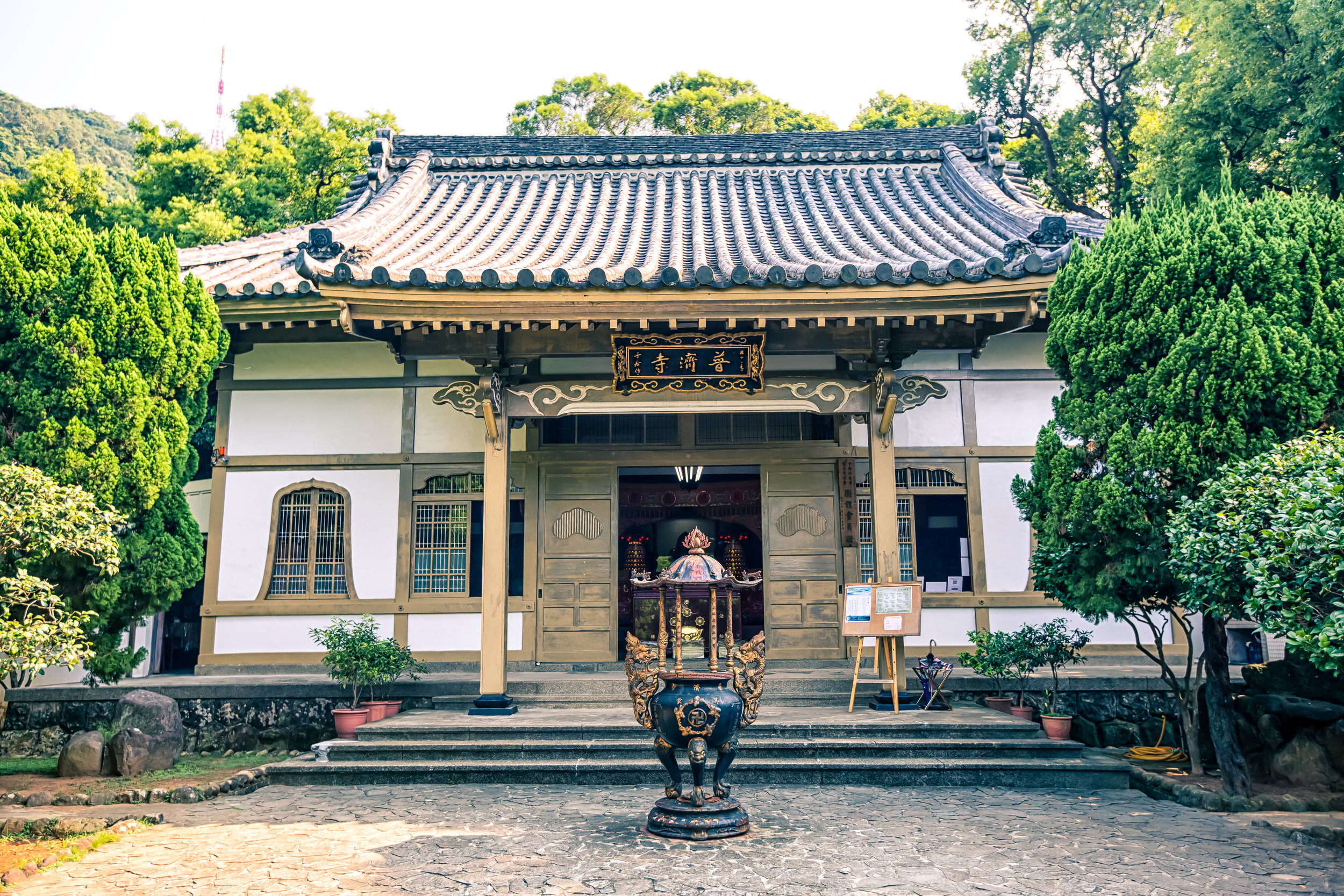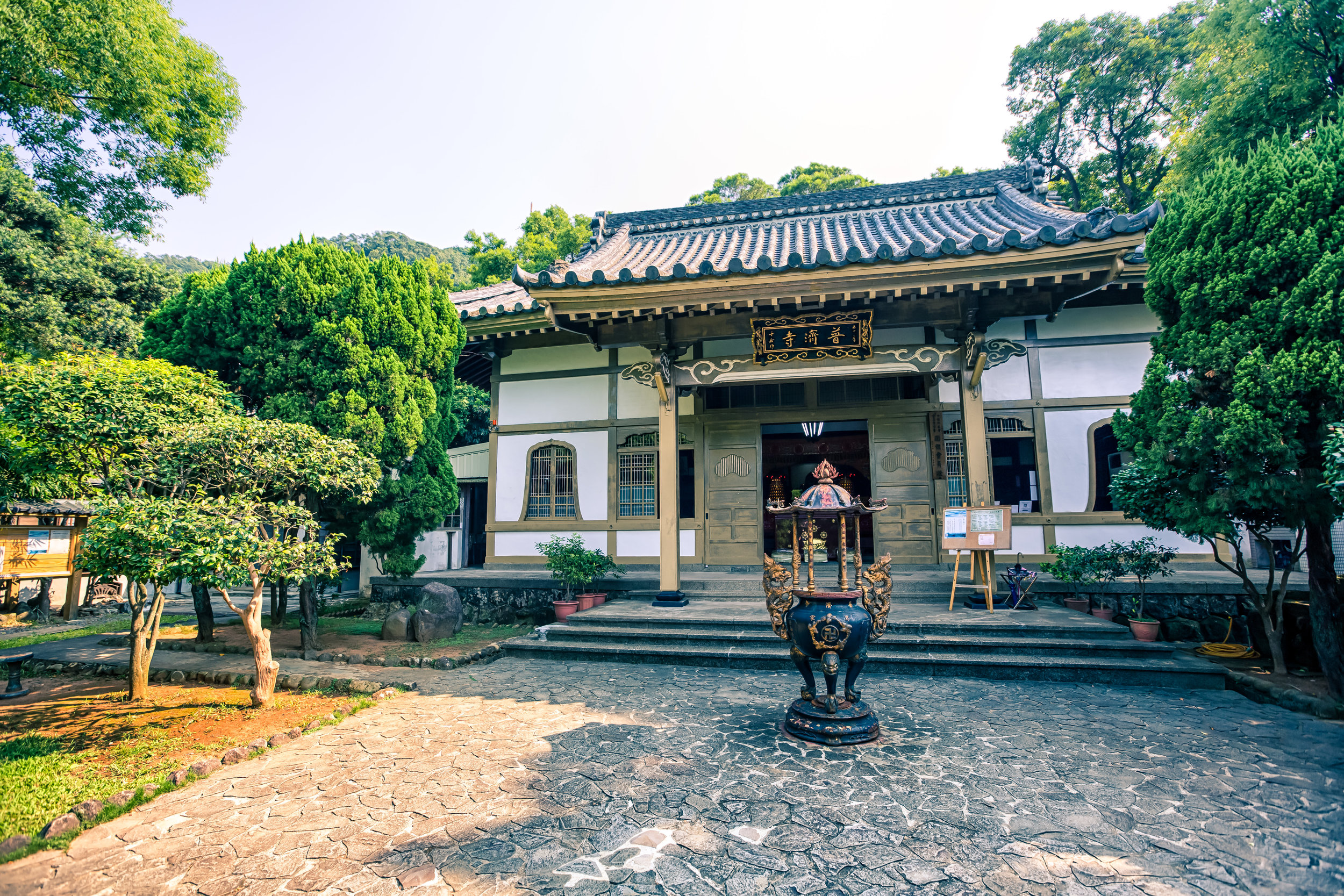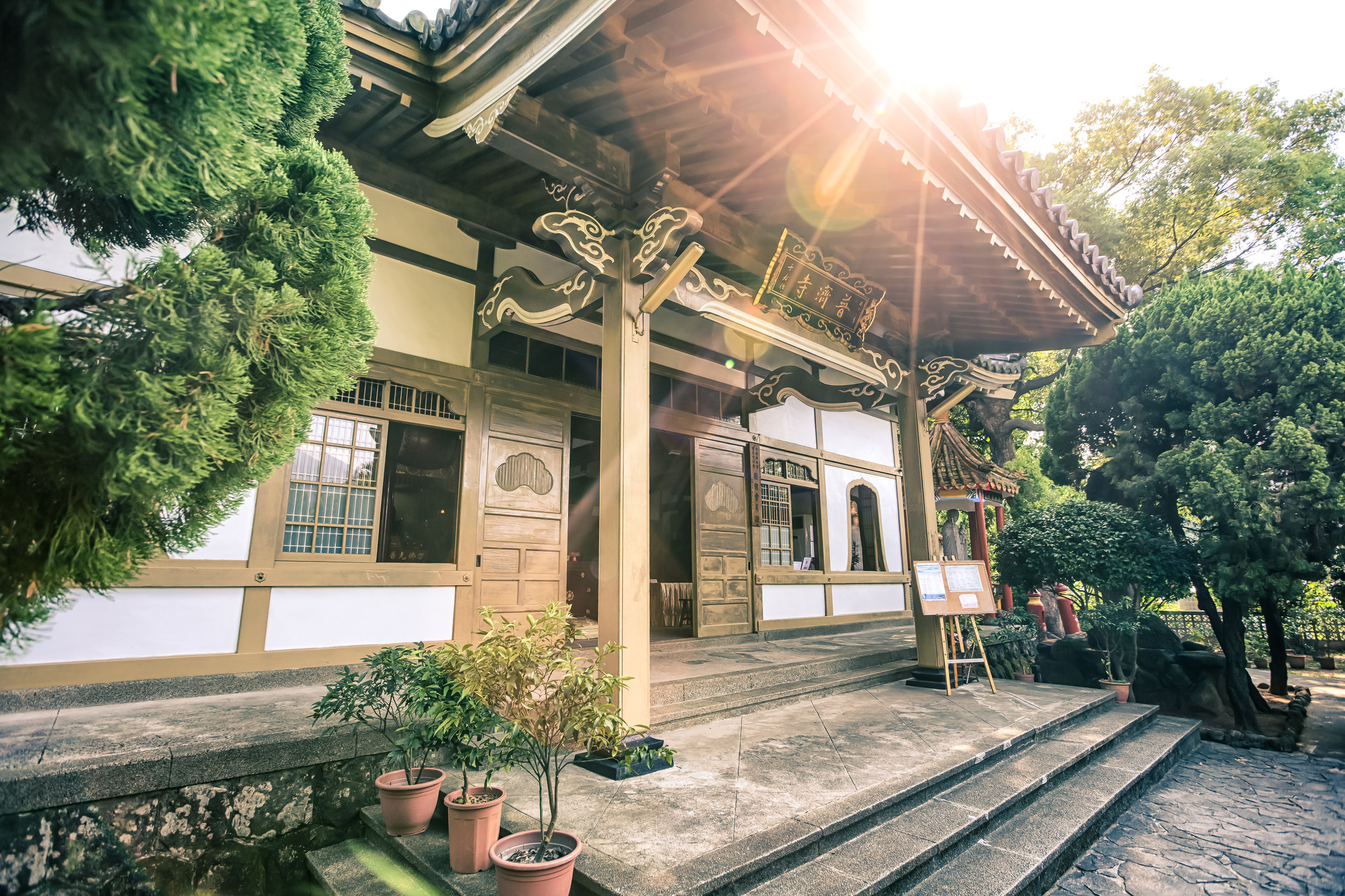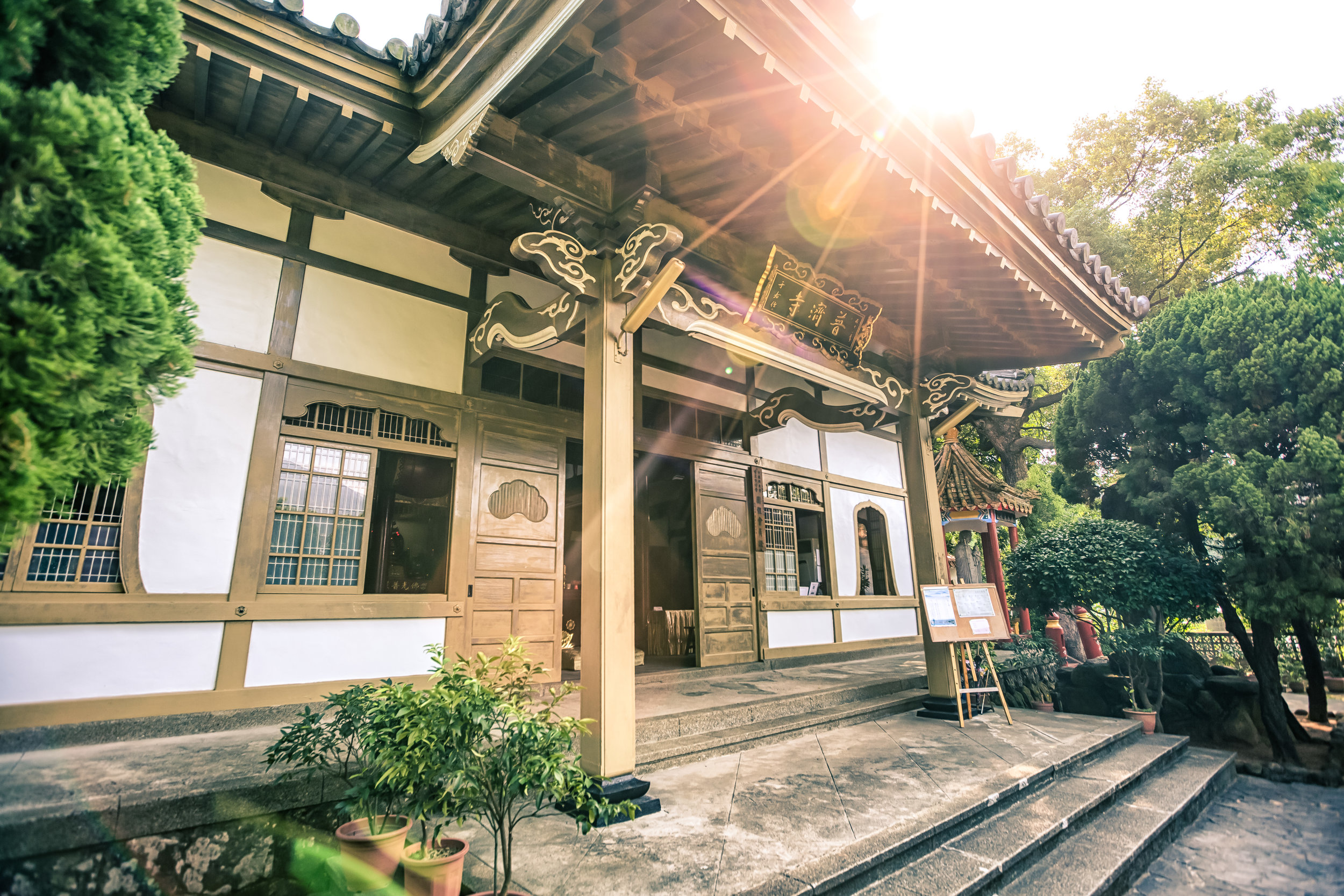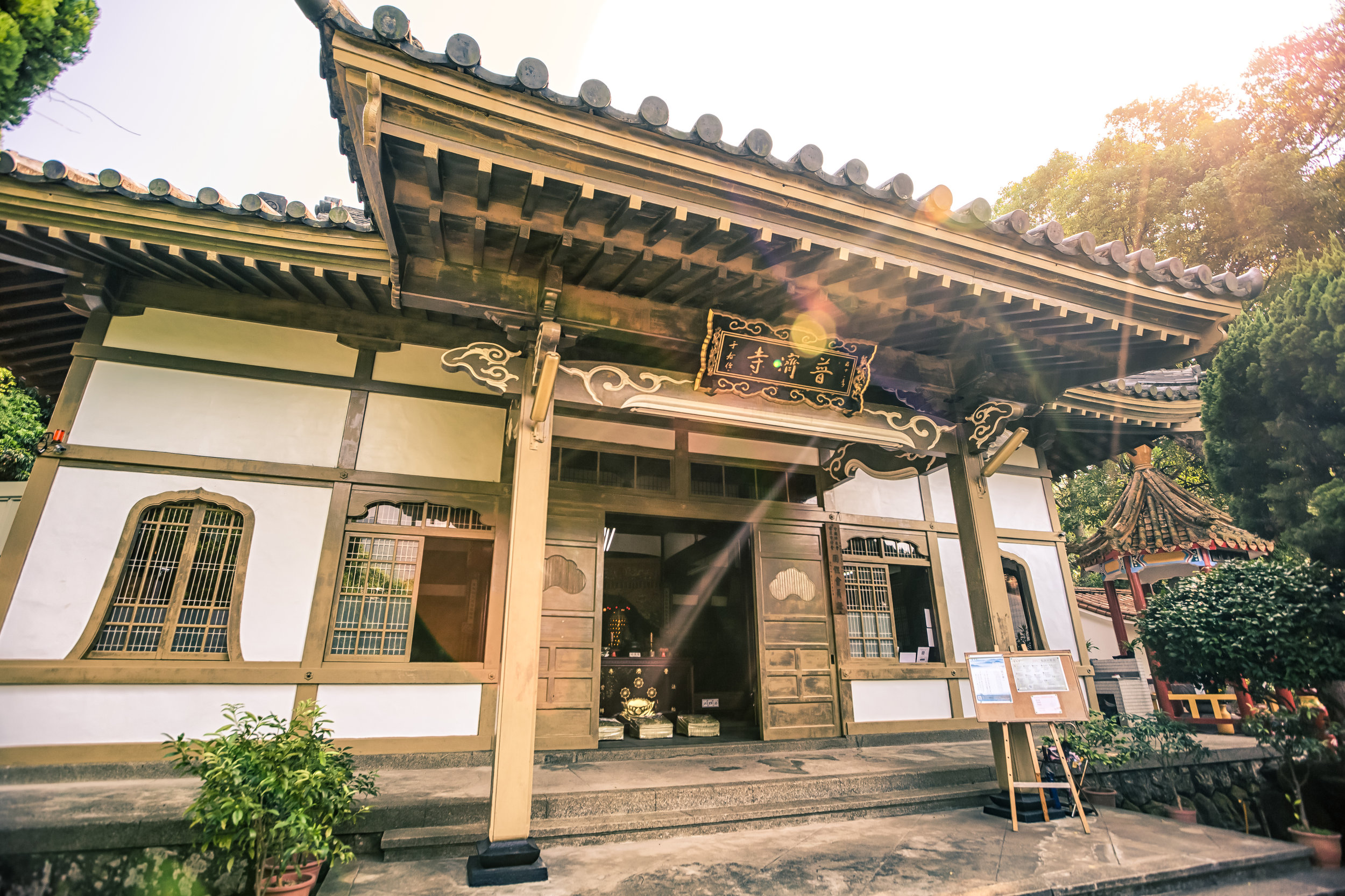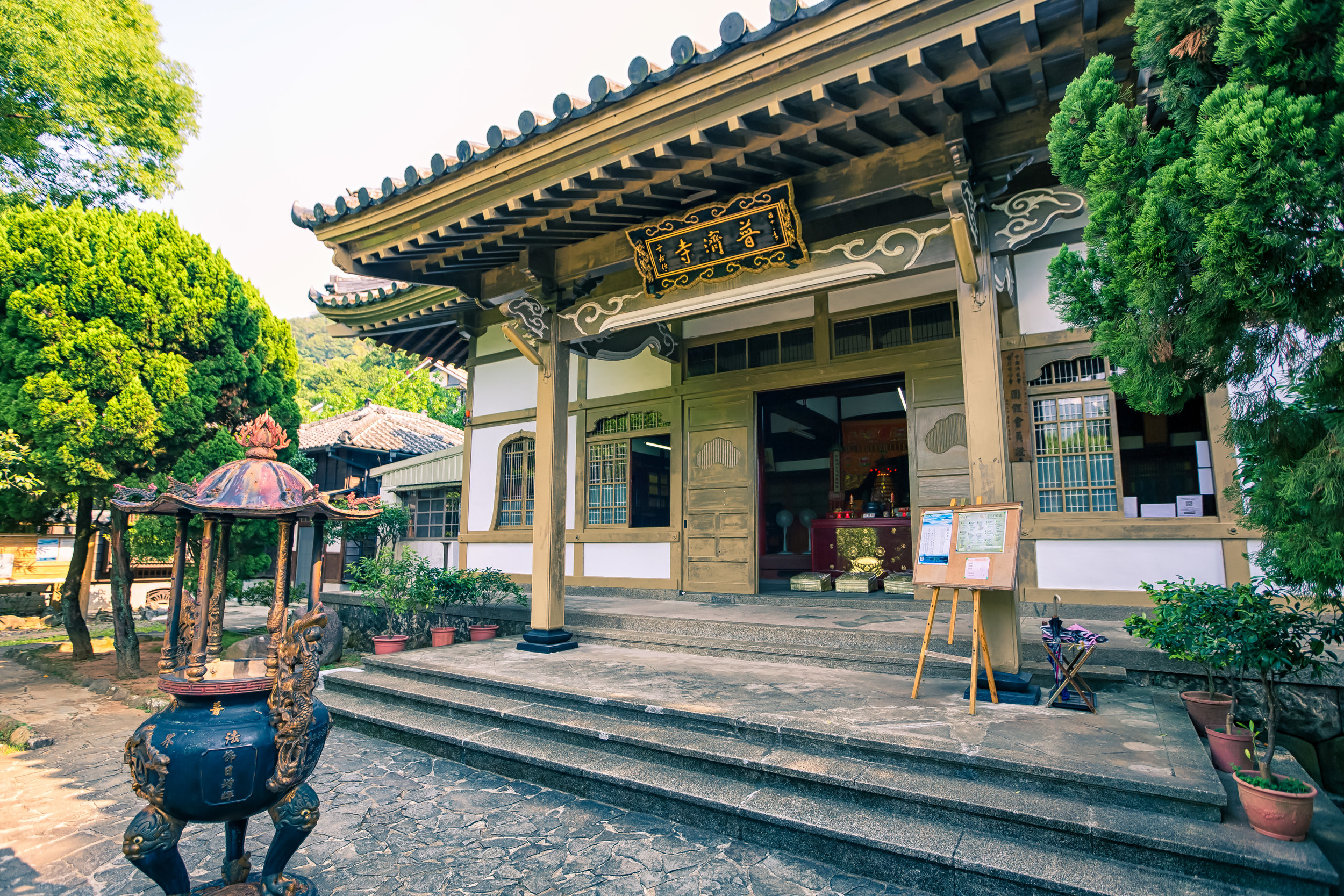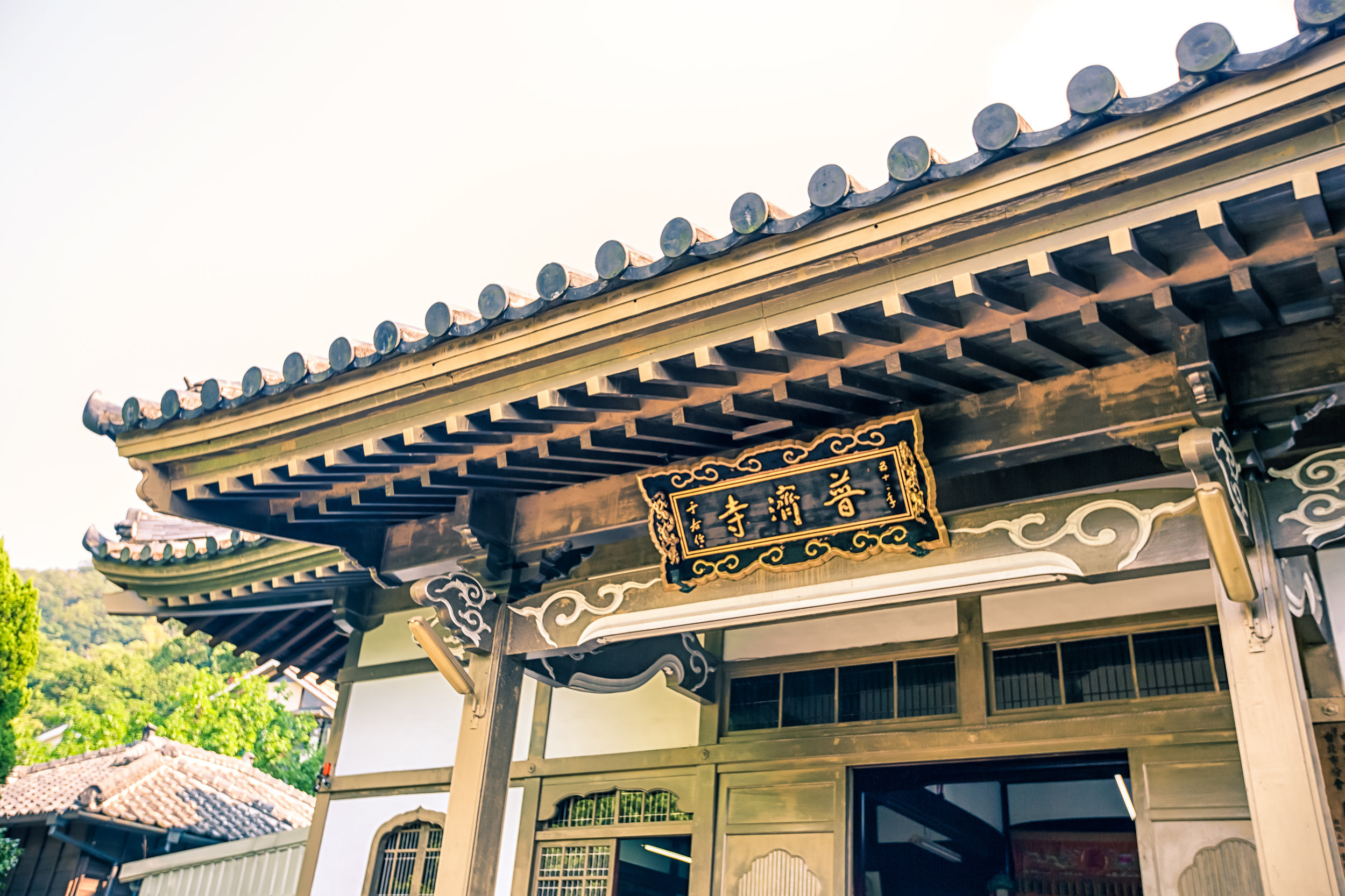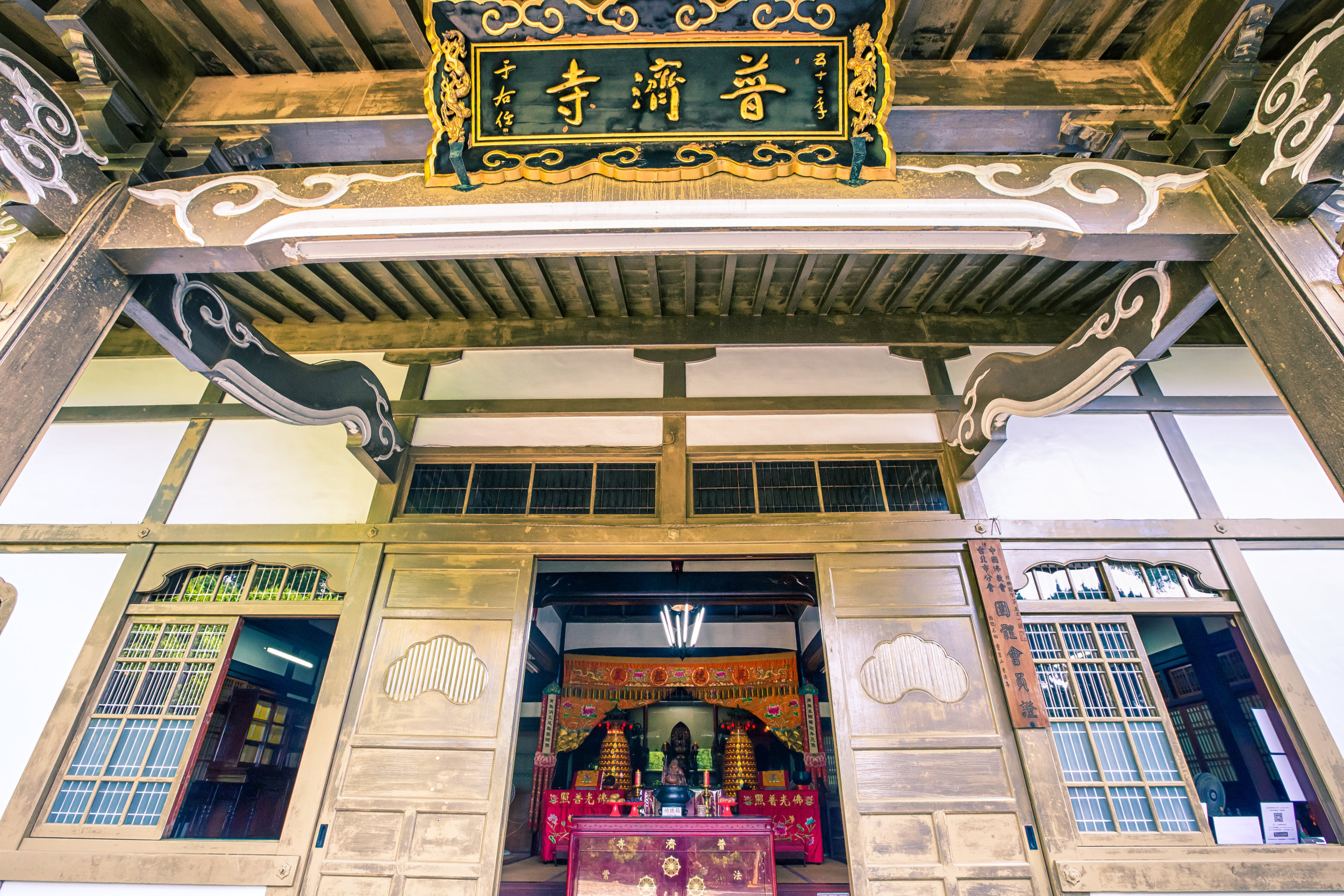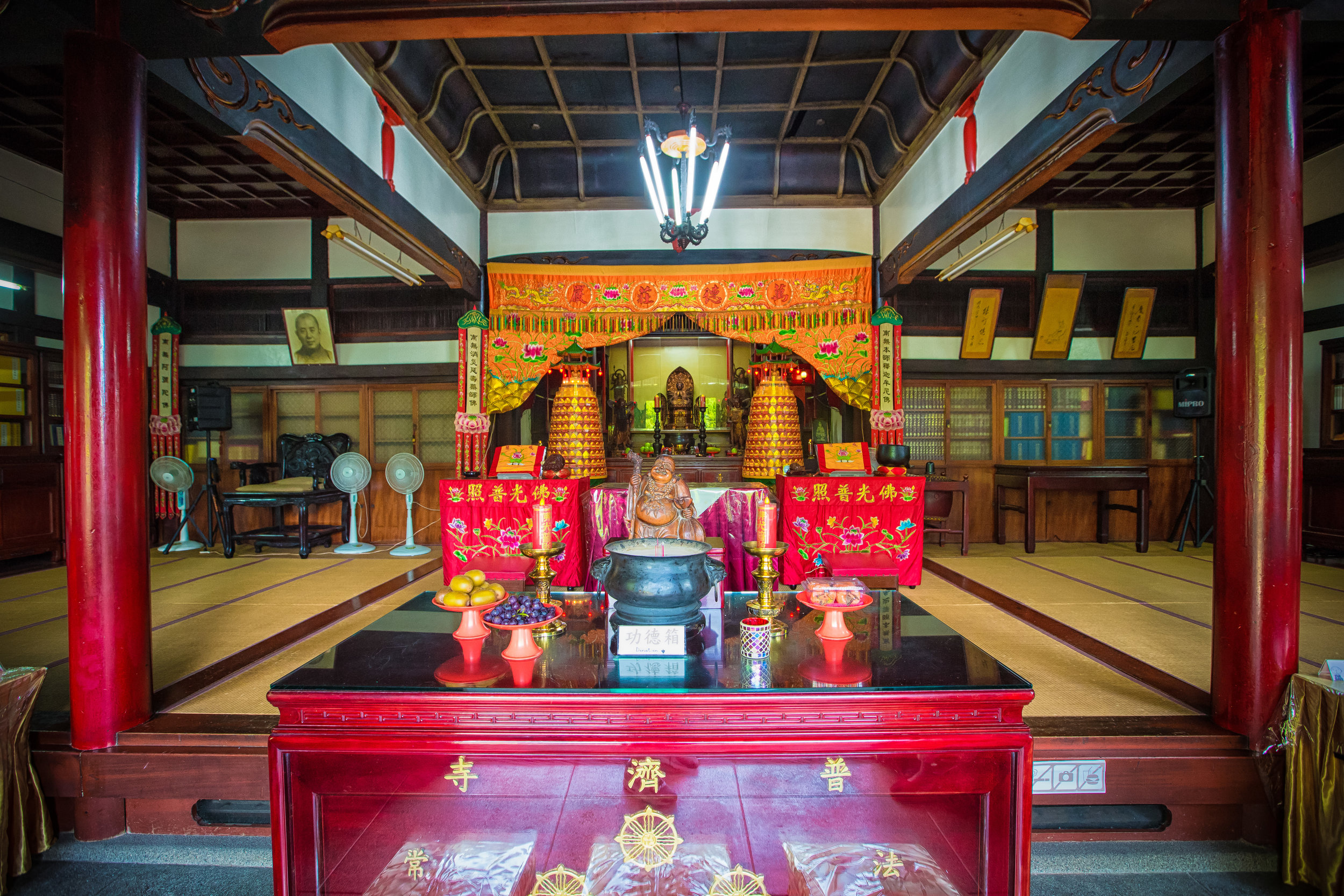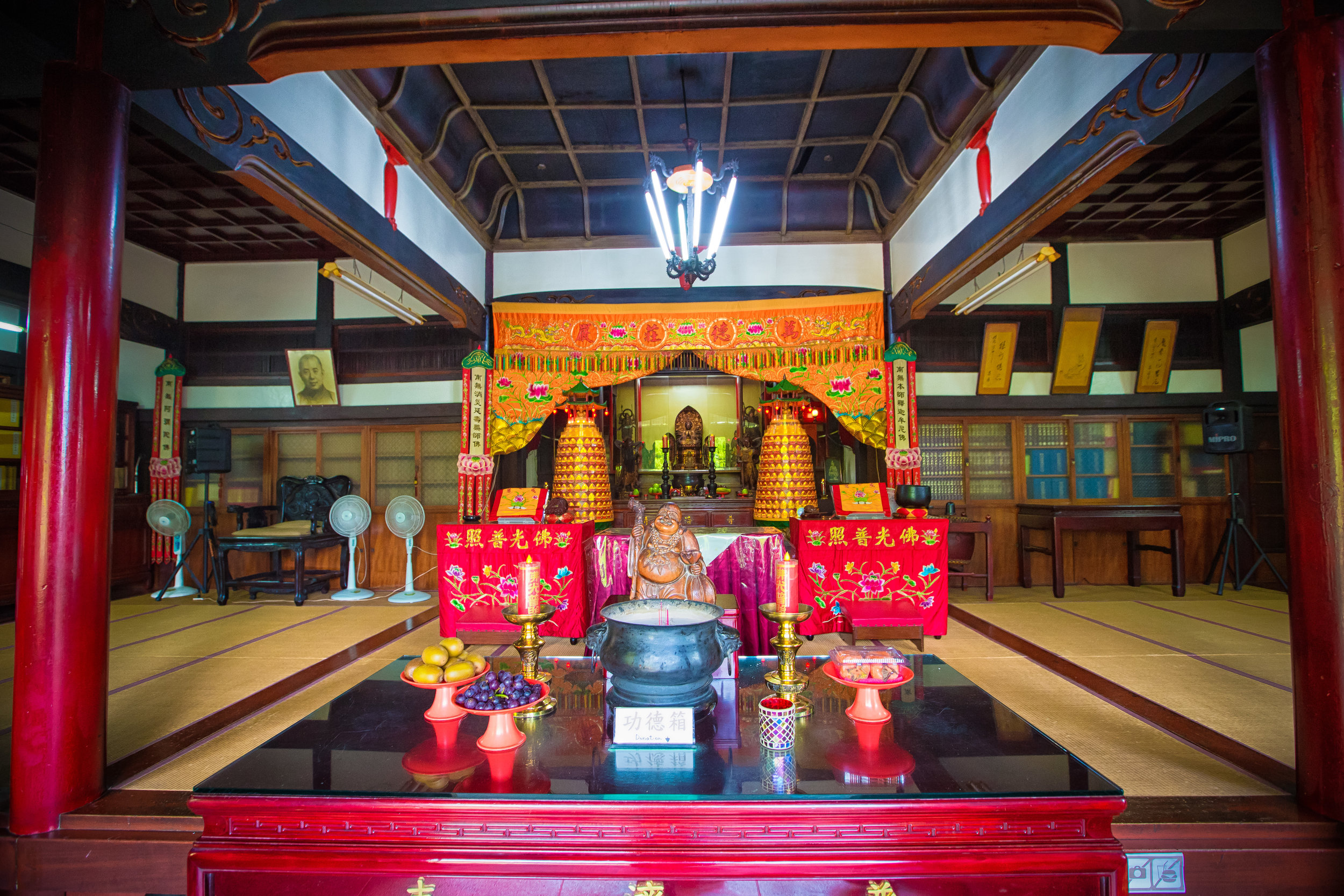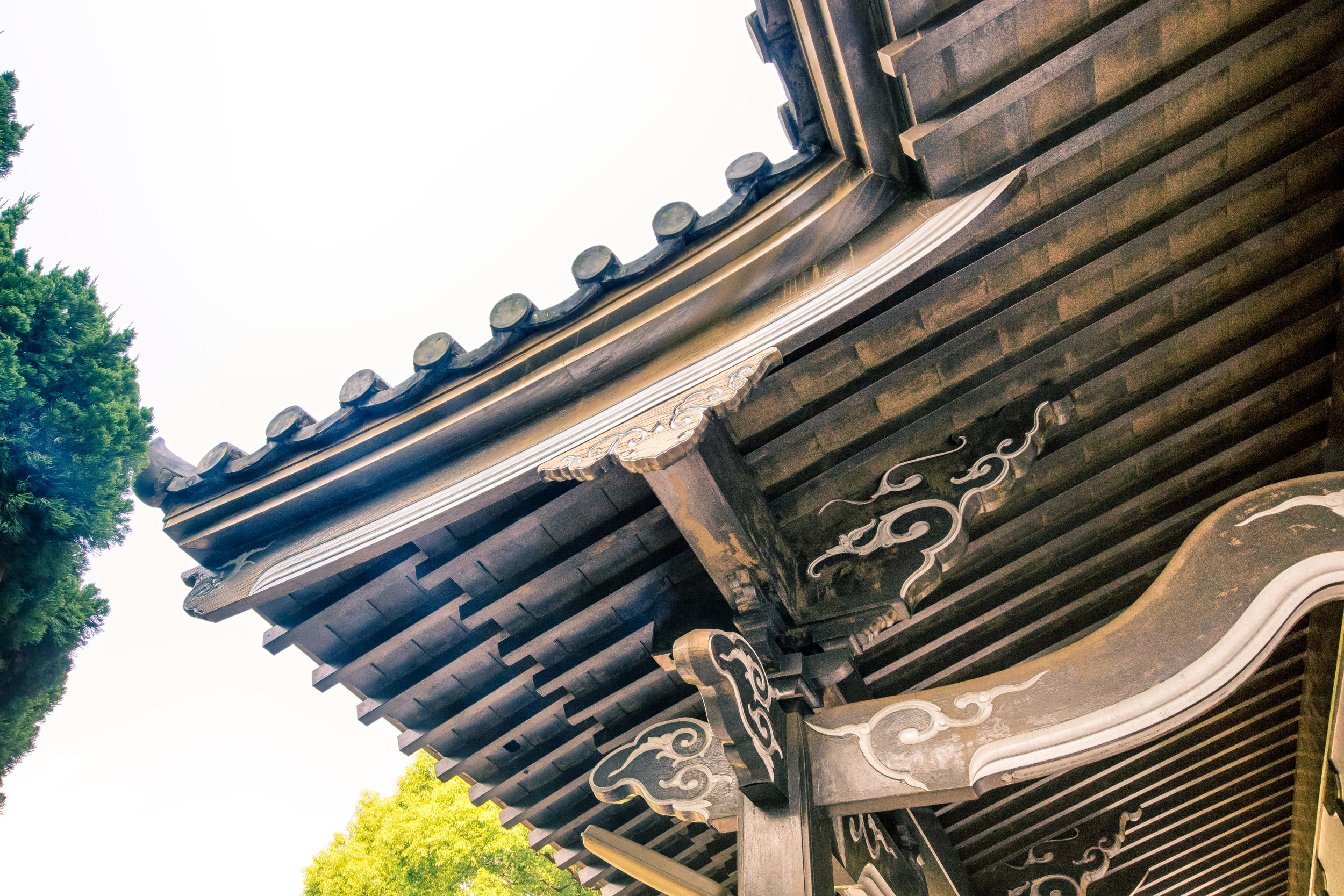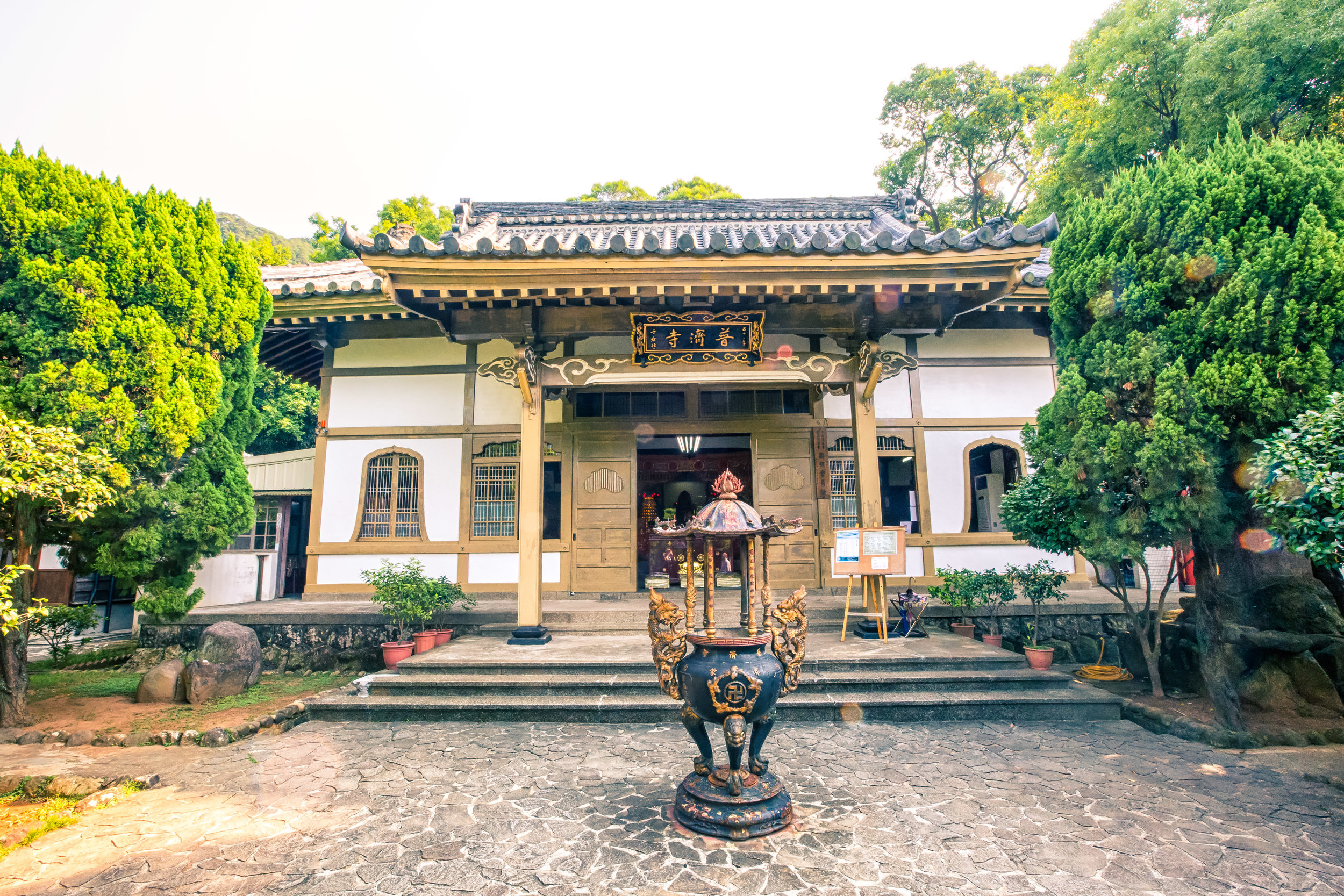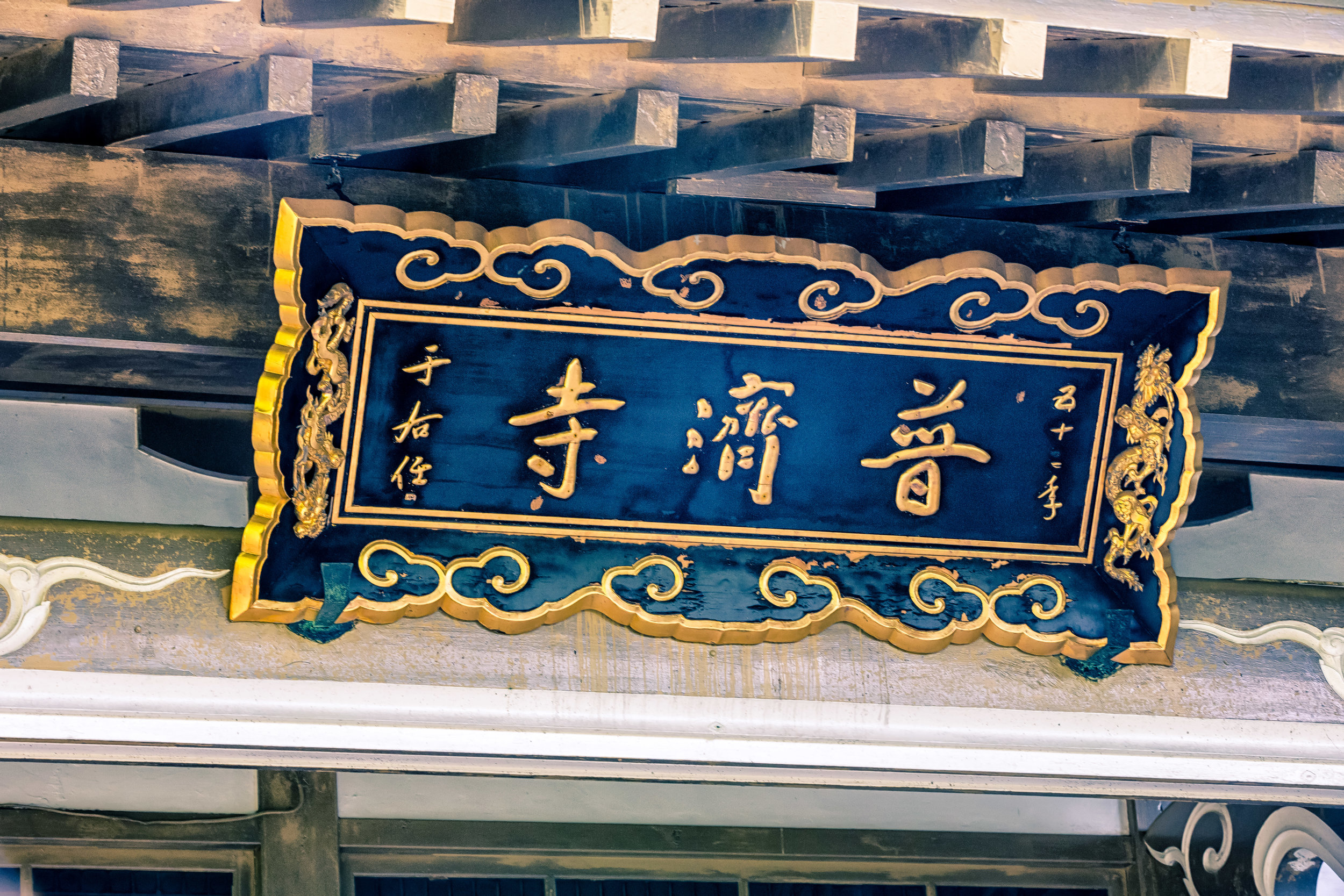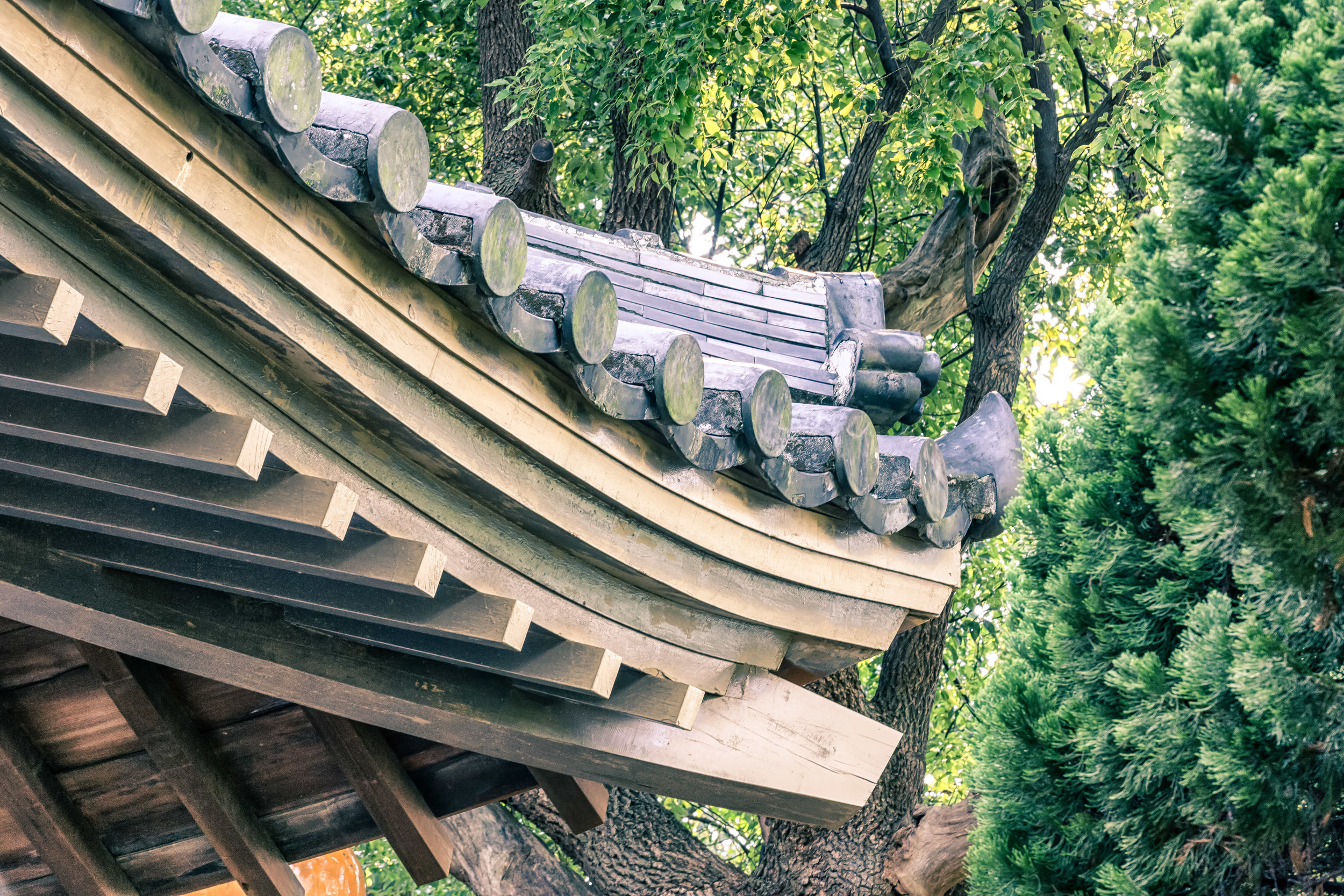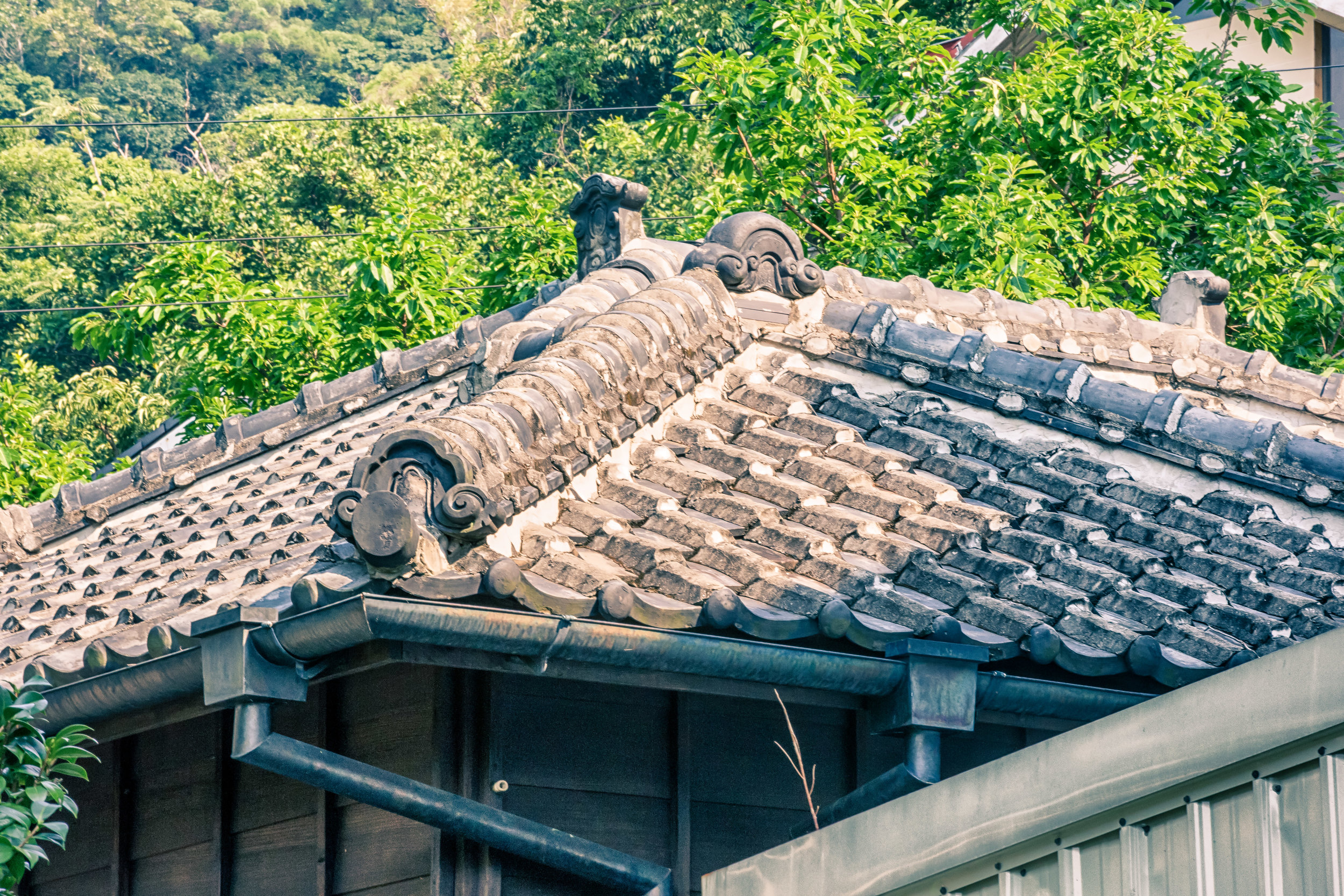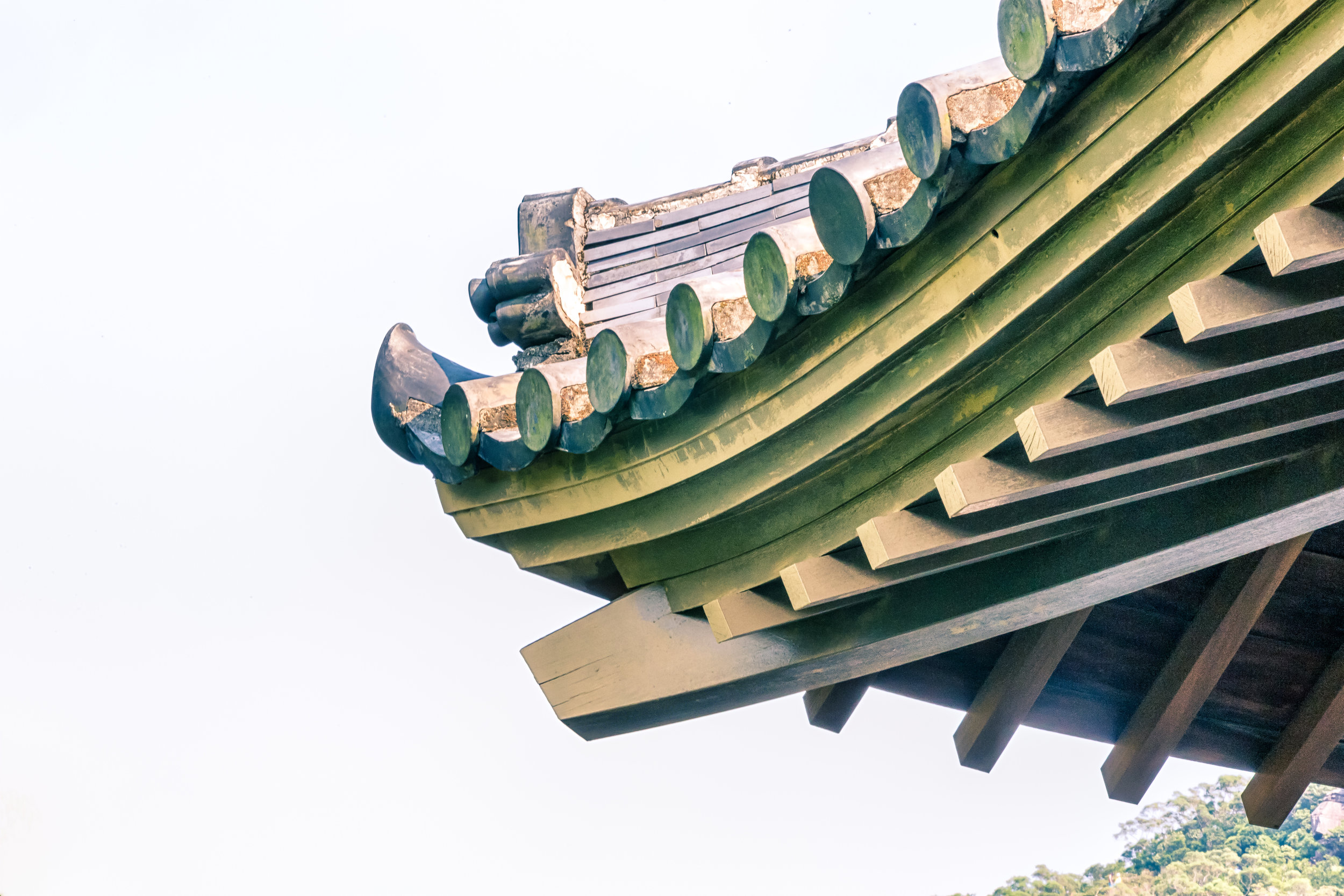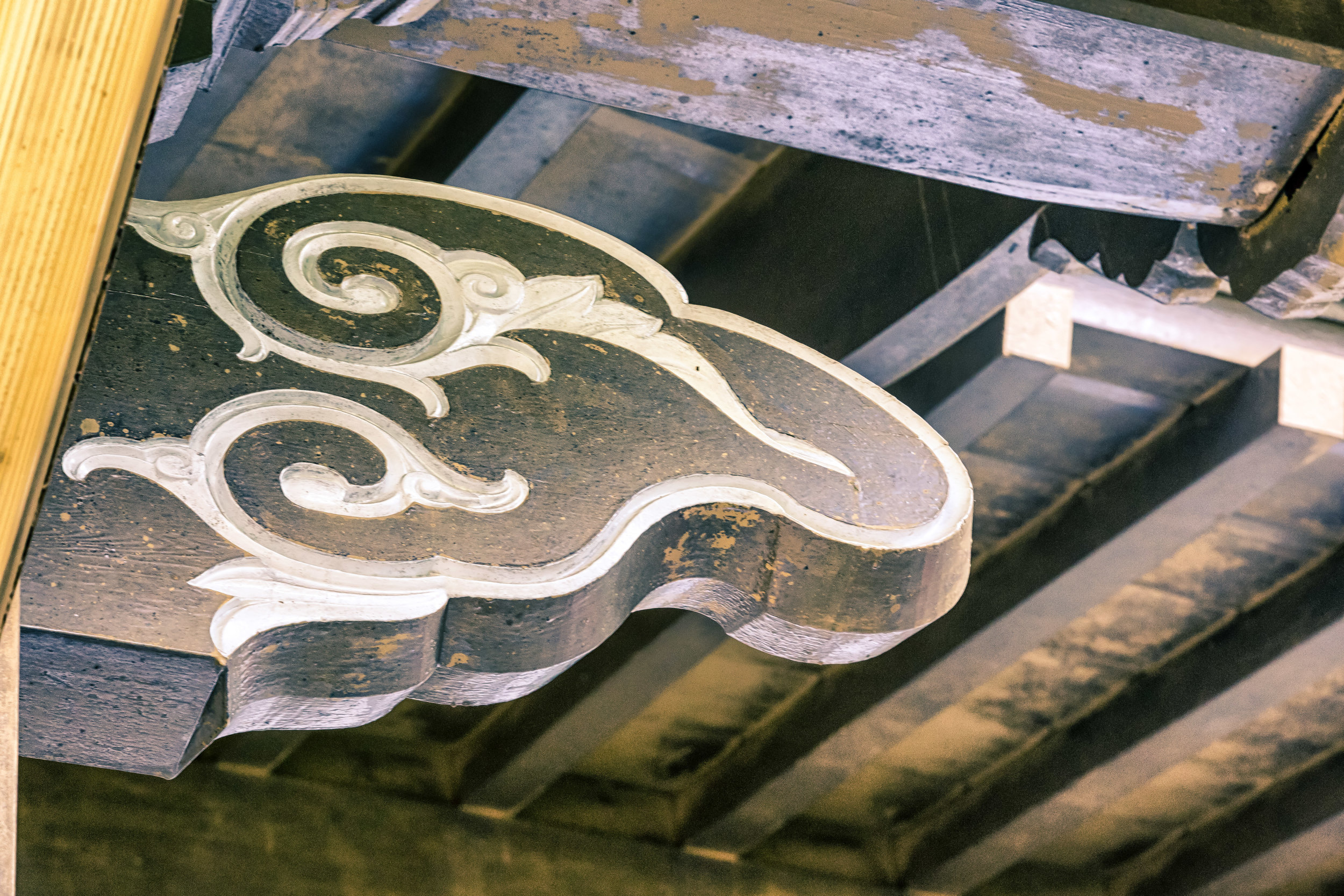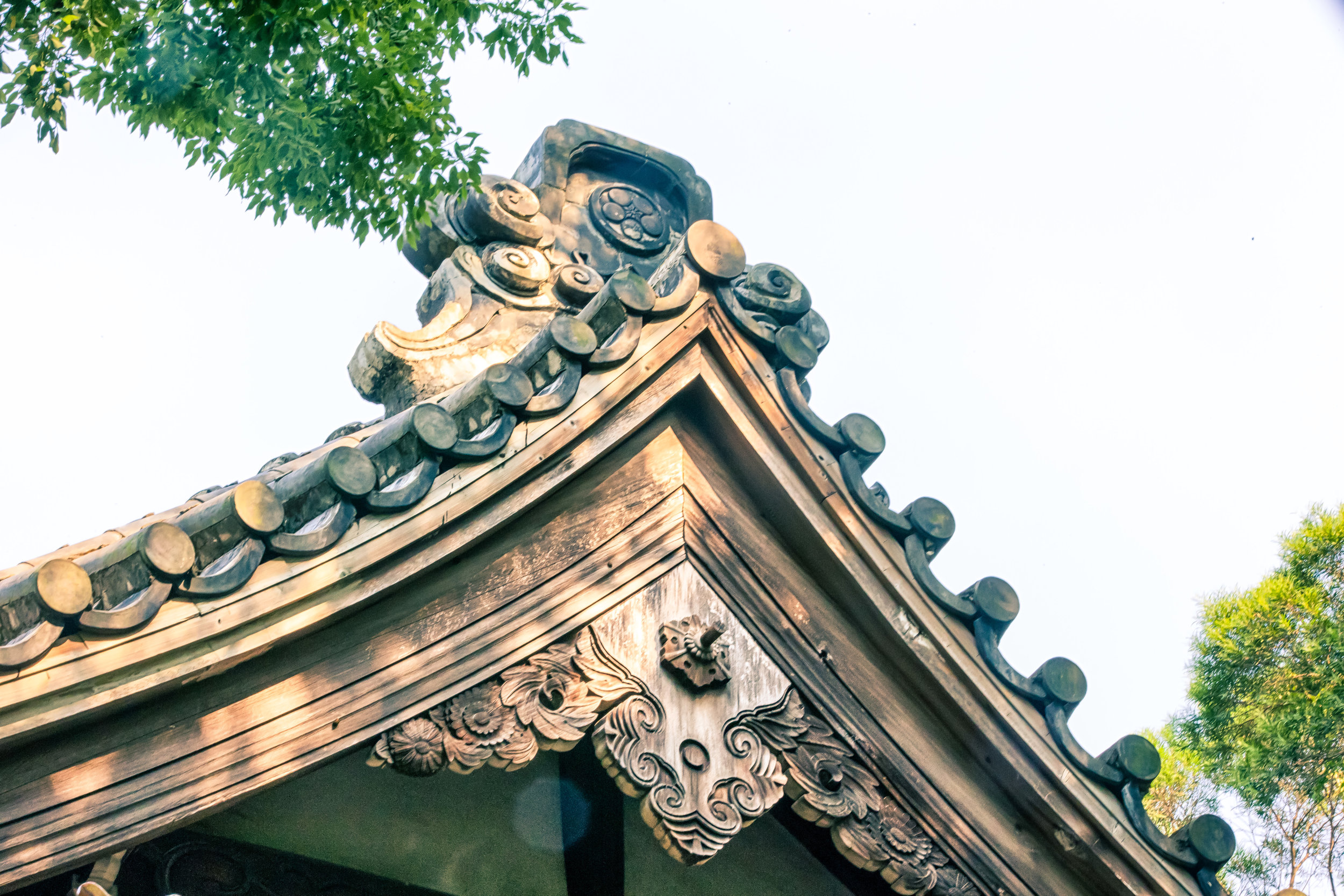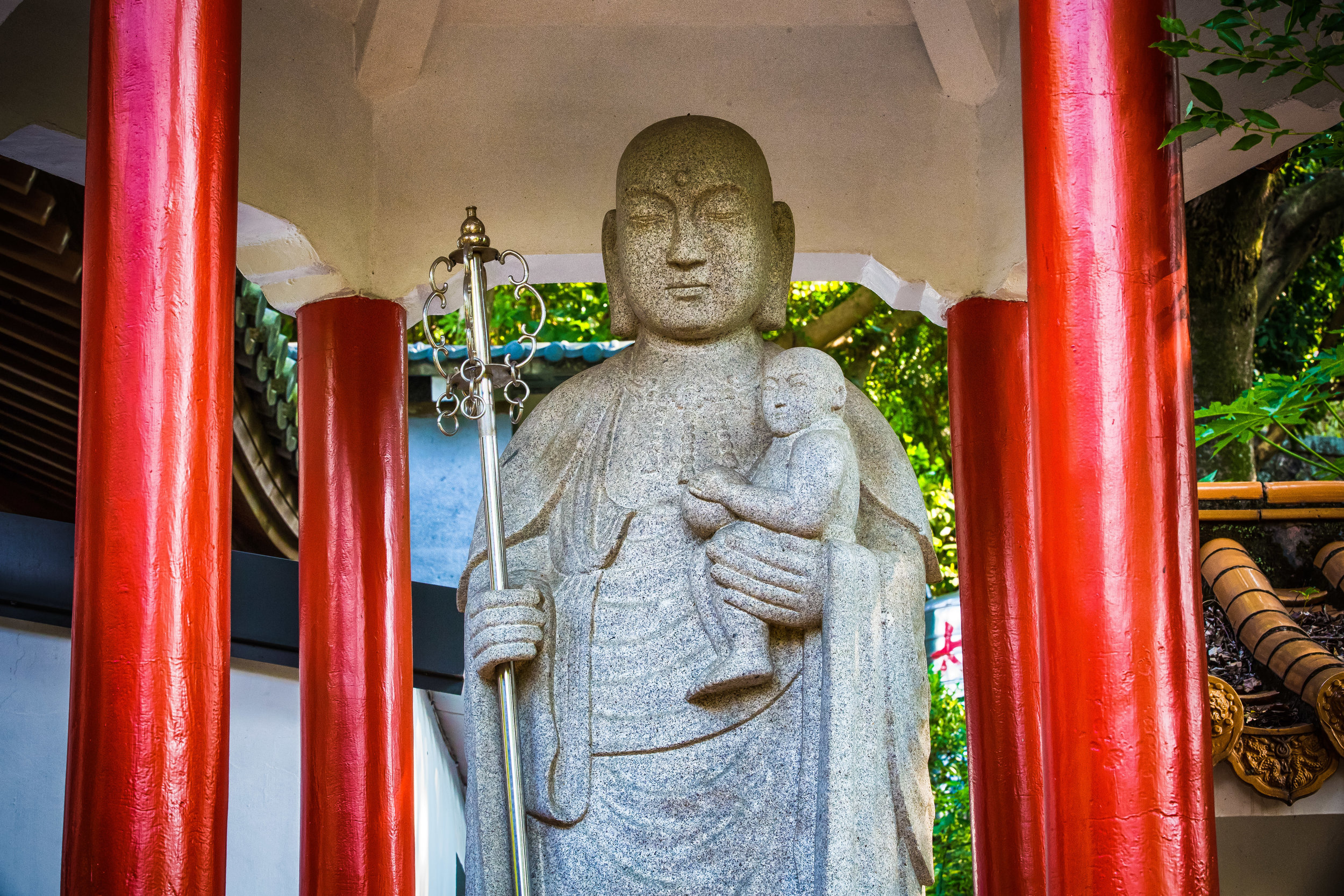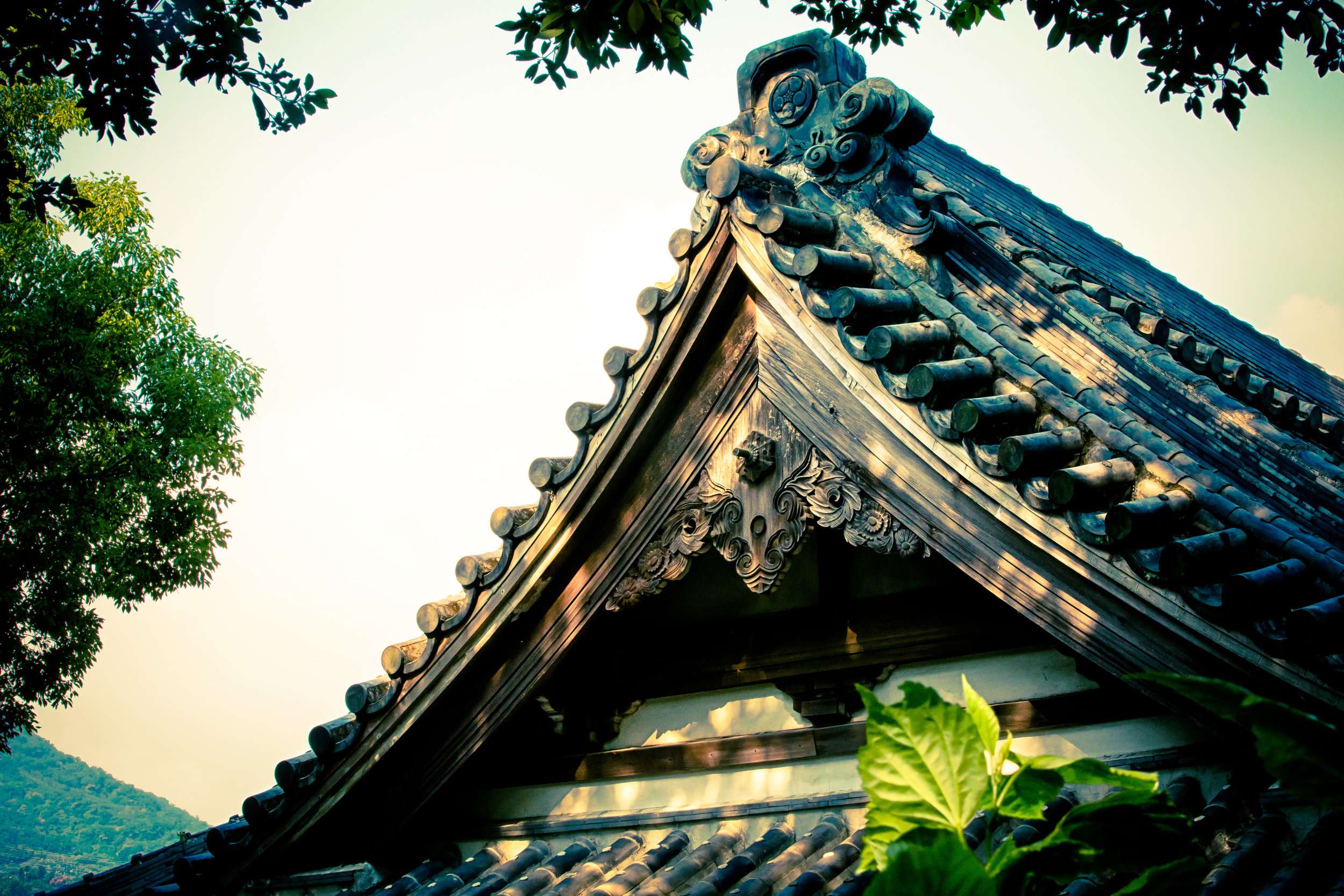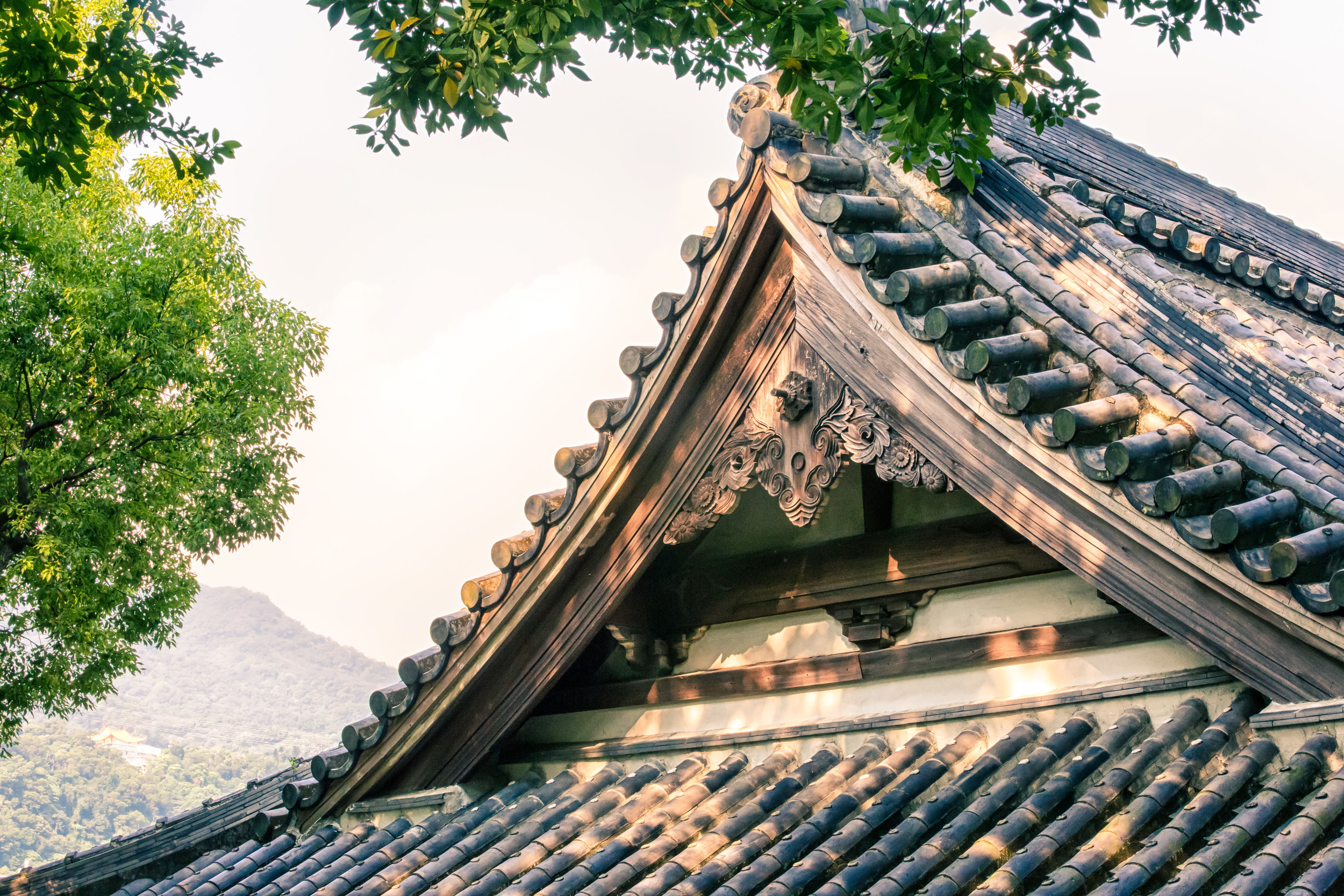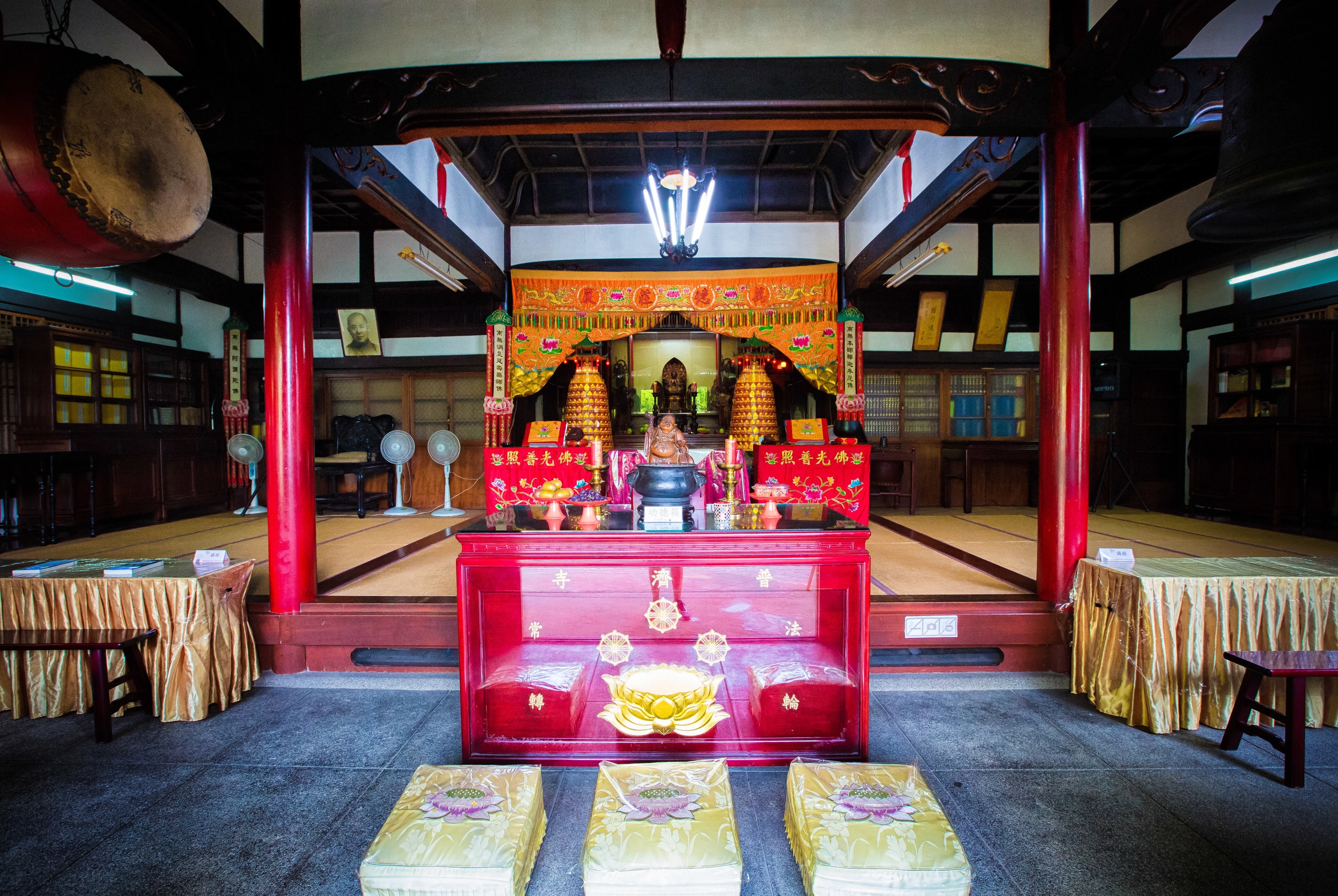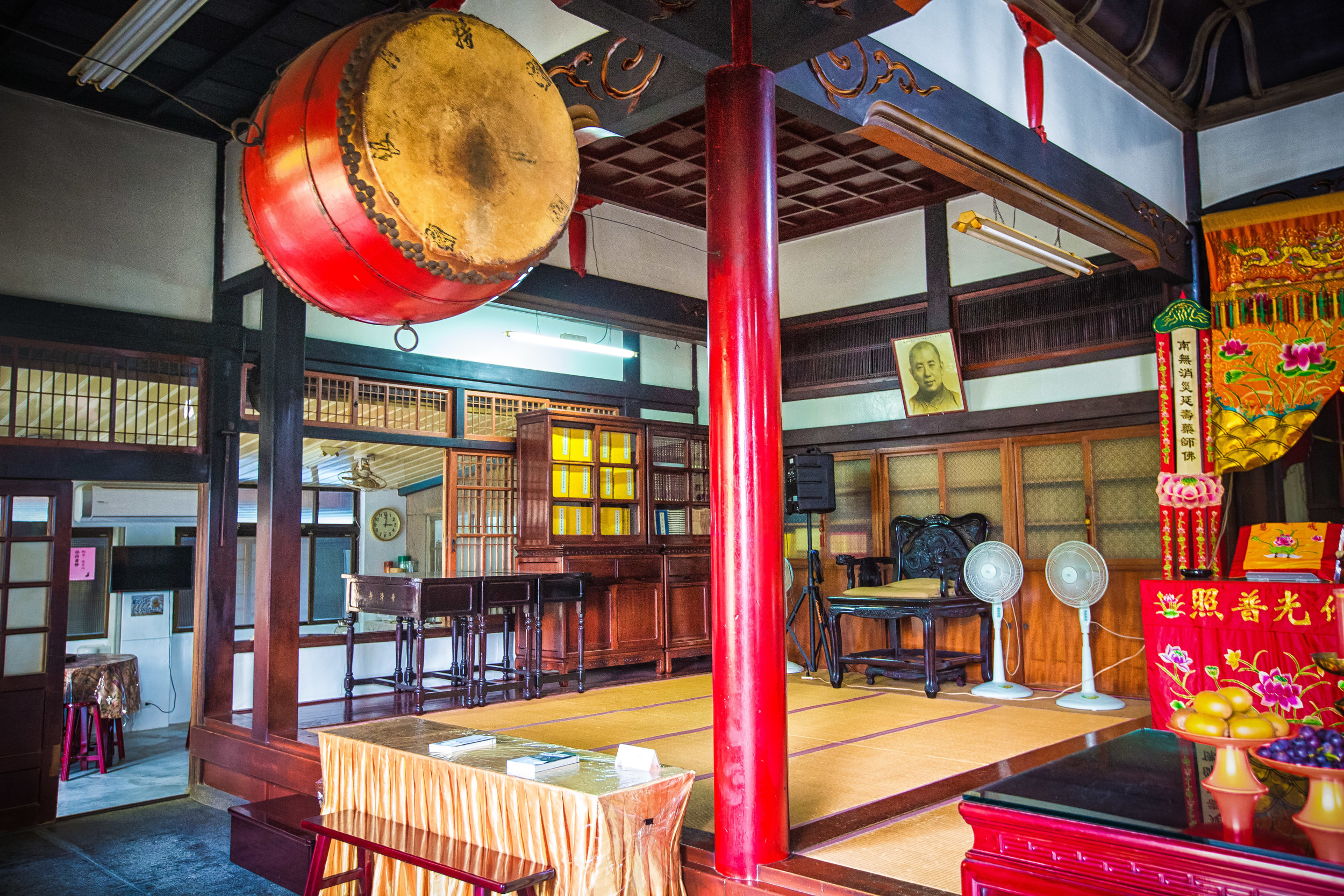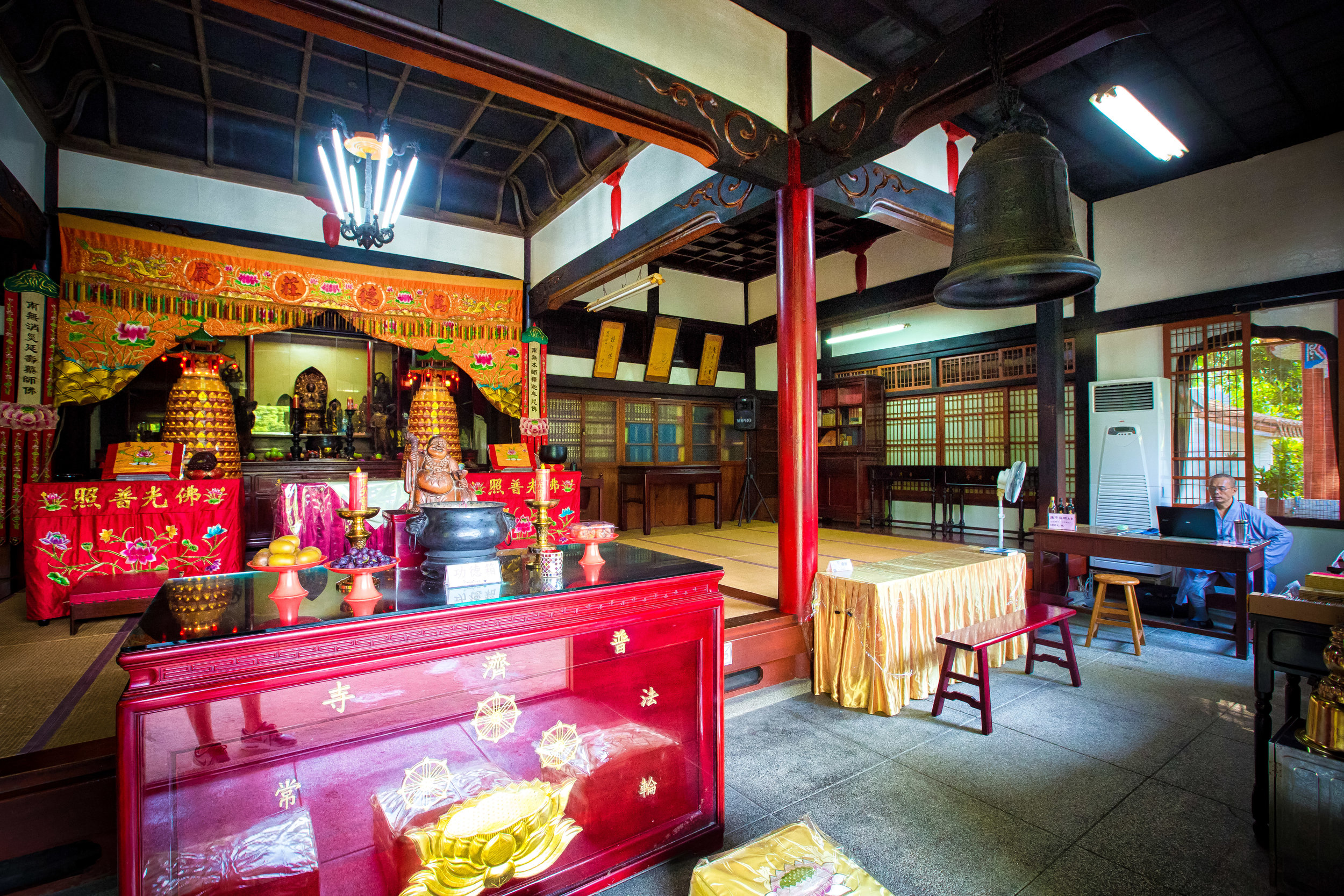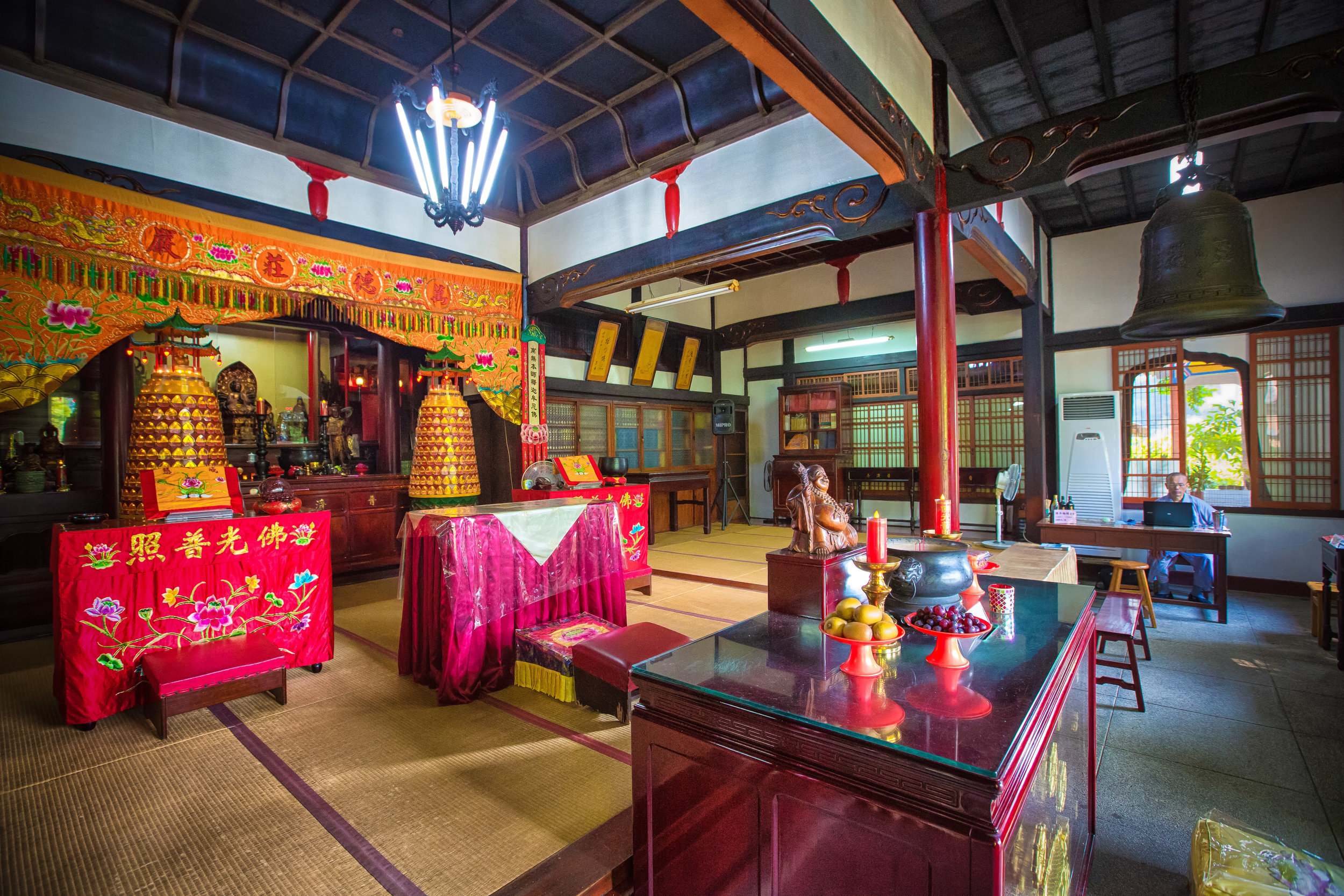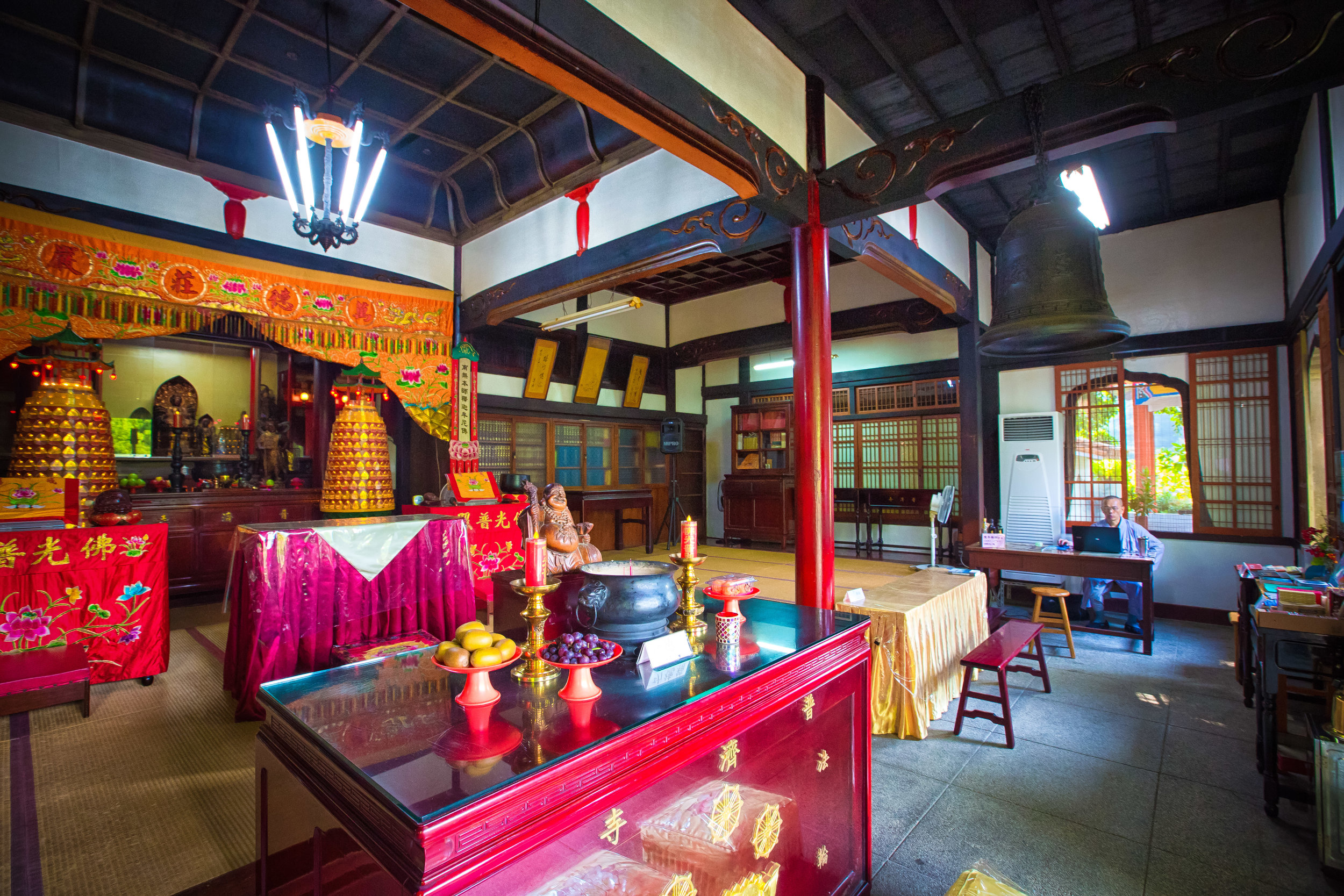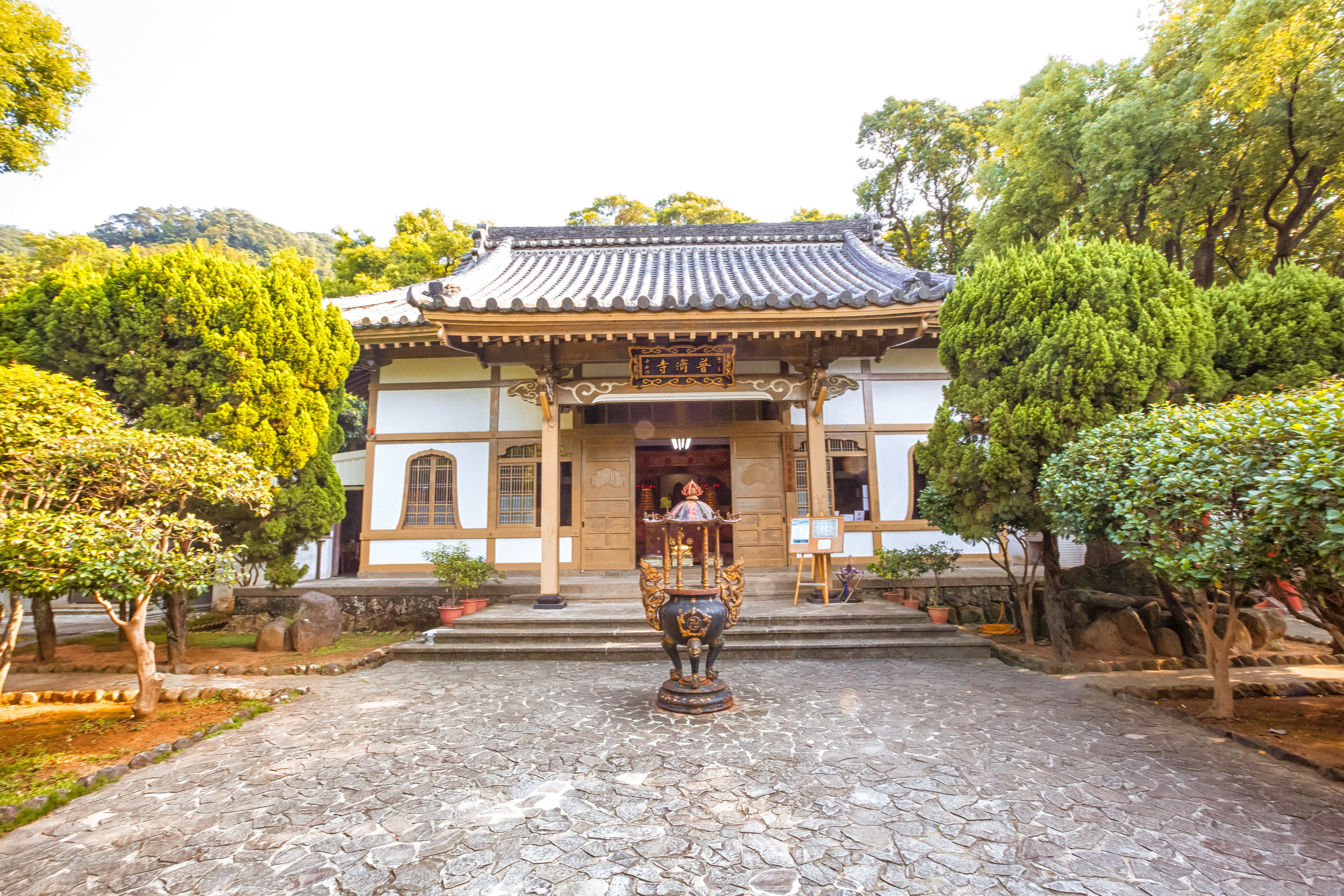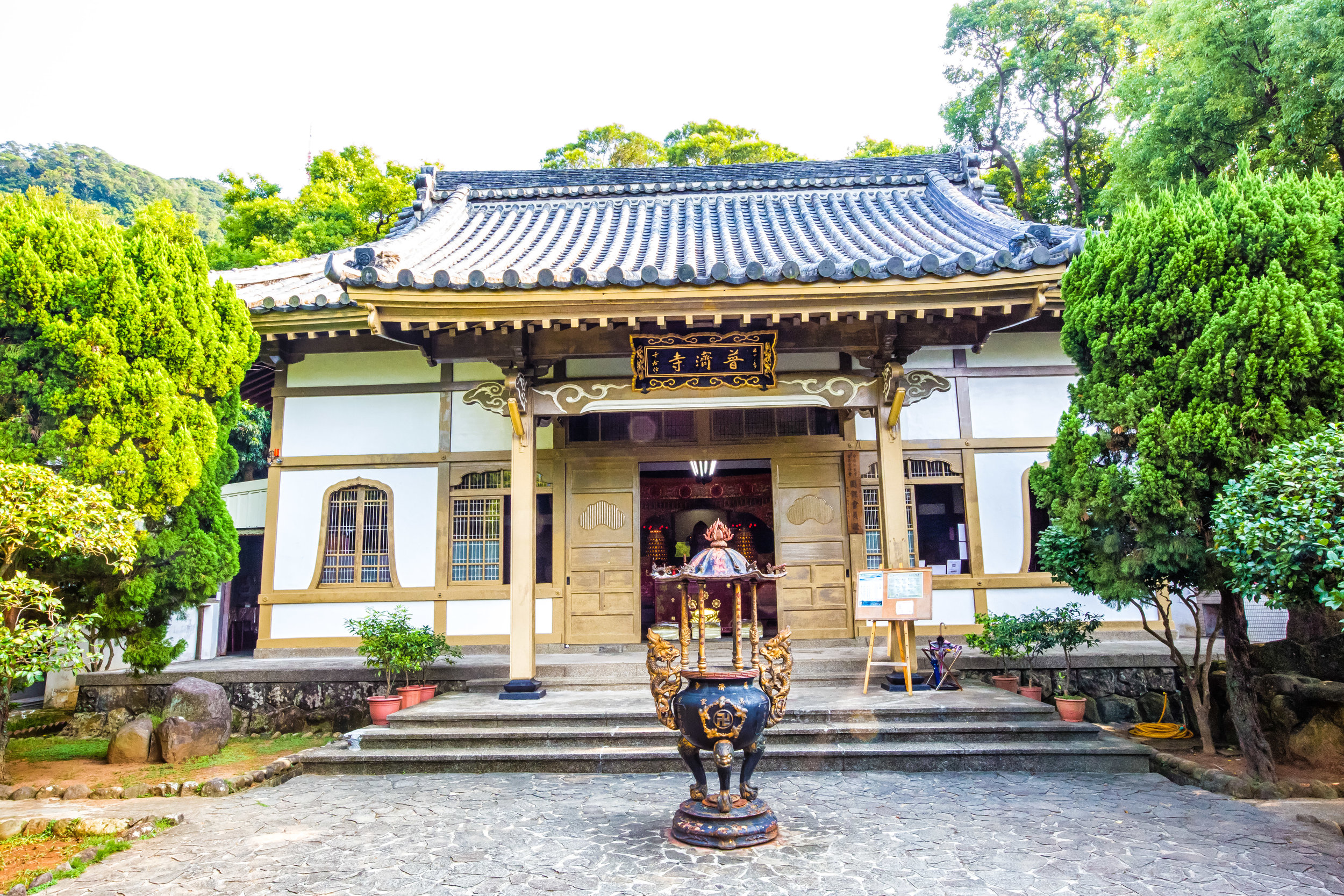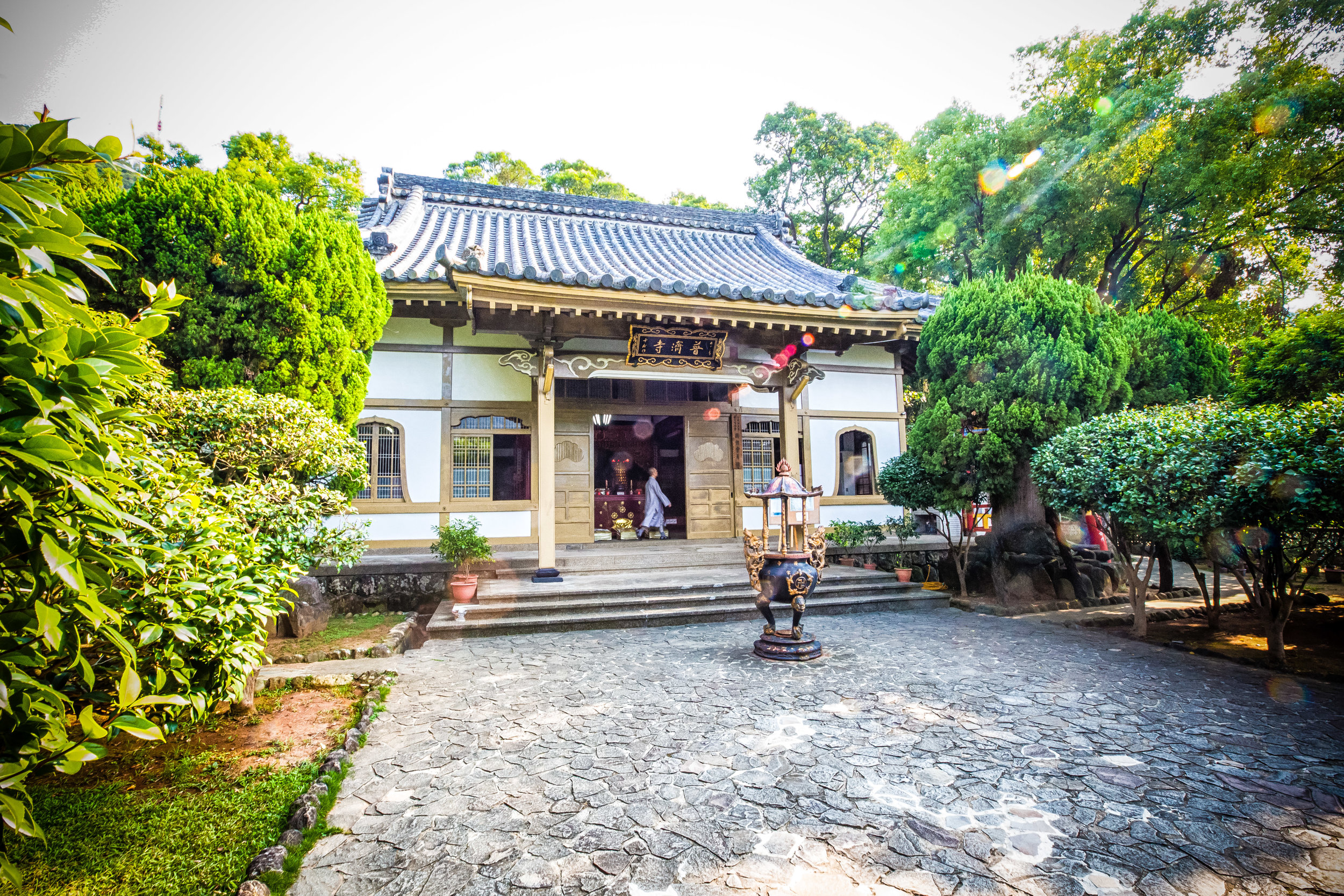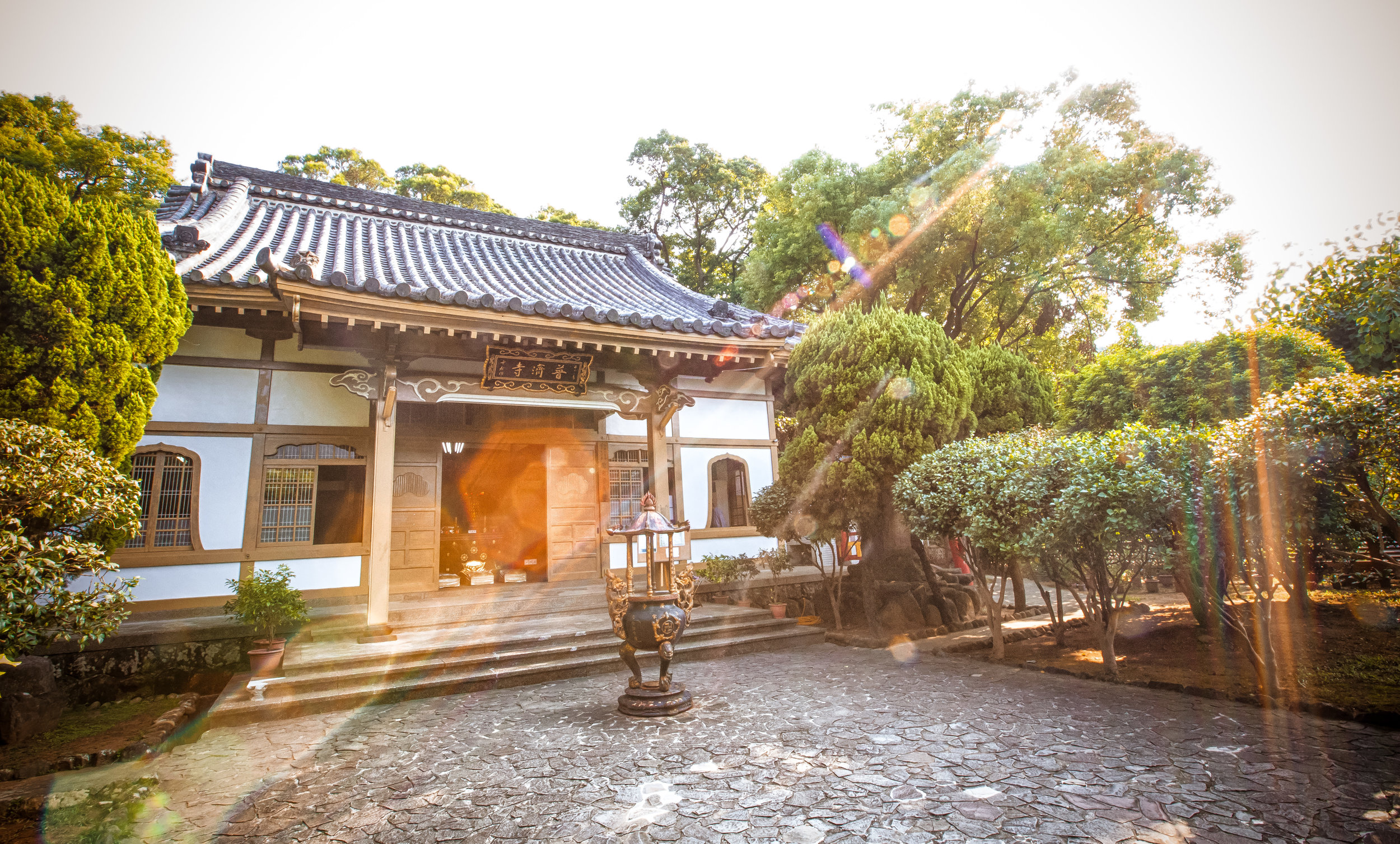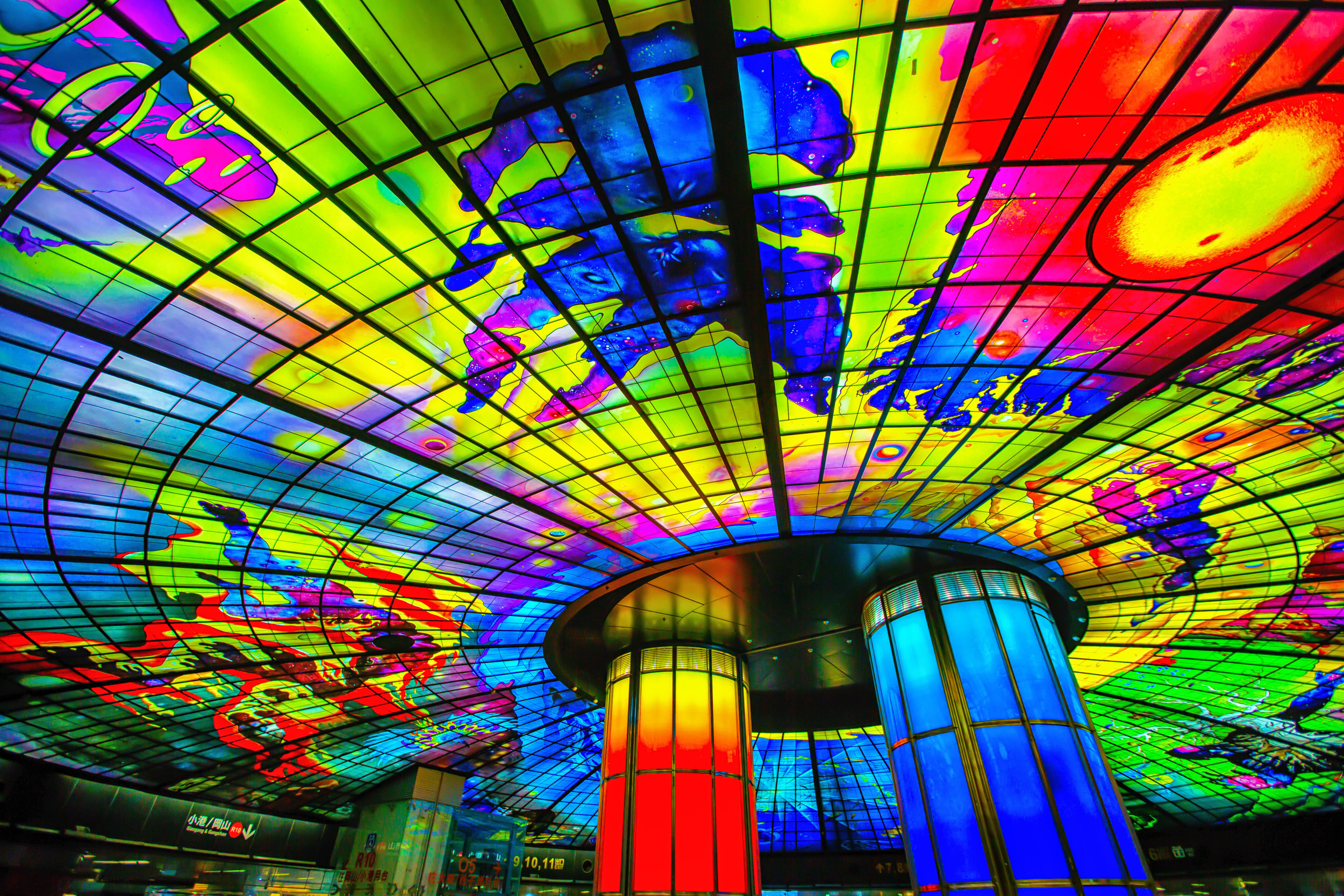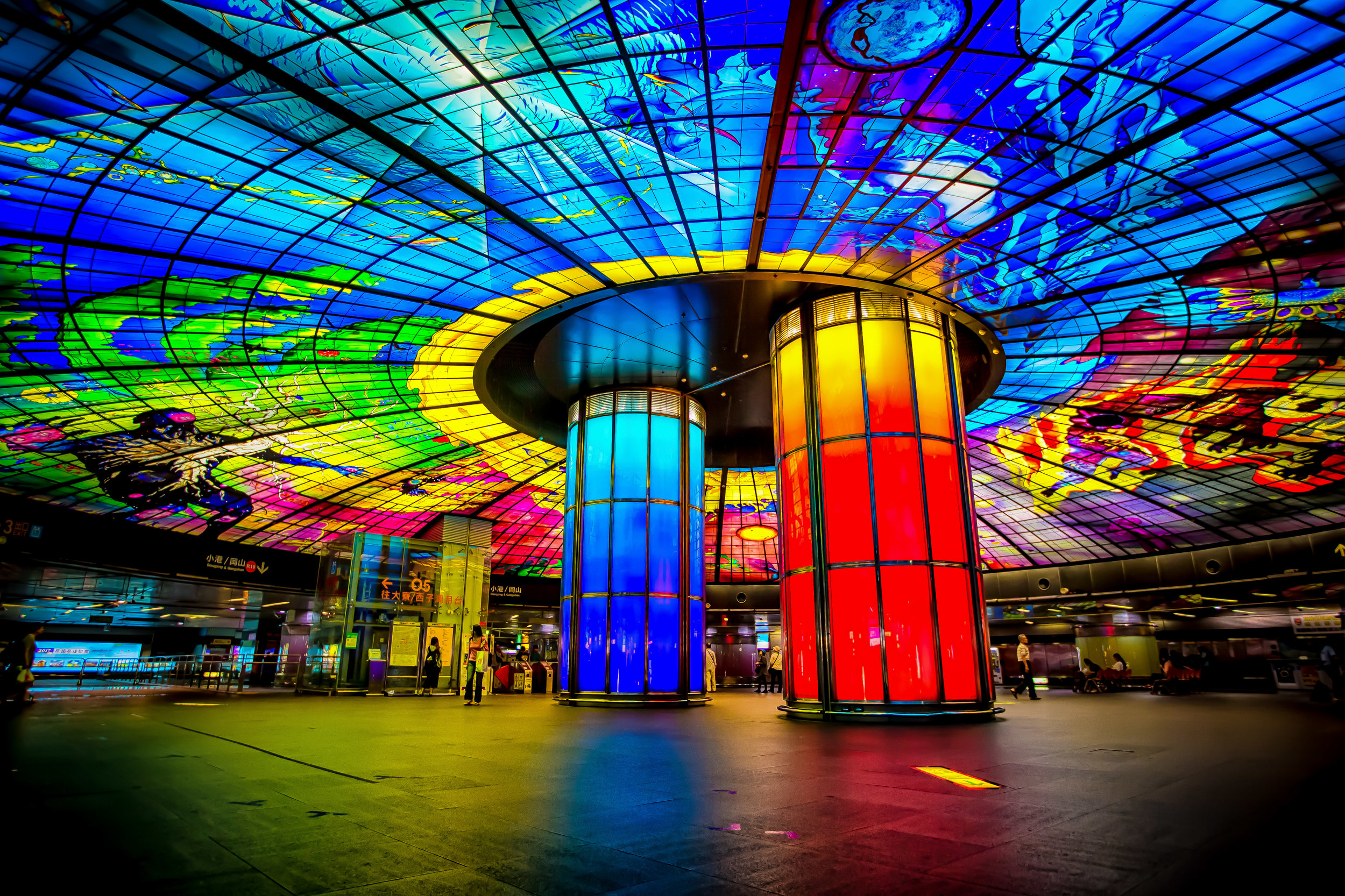There are few sights more common in Taiwan than that of its convenience stores and temples. The nation is home to the highest density of both per capita than any other in the world. Sometimes when you’re walking around it seems as if you’ll find a 7-11 on every street corner.
Taiwan is a very convenient place to live and even more so if you’re religious with more than 12,000 registered temples around the country - higher than the number of convenience stores!
If you are a visitor to Taiwan, one of the things you’ll quickly learn to appreciate is the attention to detail you’ll find in the temples here. A visit to one of the nation’s Taoist or Folk Religion temples is often awe inspiring for people unfamiliar with the architectural and artistic detail of these halls of worship.
Of the over twelve thousand temples that you’ll find around the country, around 80% of them are dedicated to Taoism and Chinese folk religion while the remaining 20% are either Buddhist or dedicated to philosophers like Confucius.
One of the most beautiful things about religious worship in Taiwan though is that even if you’re a Buddhist, you can still visit a Taoist temple and find a place to worship freely. The religious experience here in Taiwan can be an exciting one but also one that is harmonious.
Visiting a Taiwanese temple is an excellent opportunity that affords gives outsiders the chance to better understand the diverse cultures of this tiny island nation.
While the majority of Taiwan’s temples tend to be ‘loud’ in terms of both their noise level and their attention to artistic and architectural detail, you are still able to find places that are much quieter and a lot more peaceful.
If peace, quiet and a ‘zen-like’ experience is what you prefer, then a visit to one of Taiwan’s Confucius Temples is exactly what you’re looking for. Temples dedicated to Confucius, who was one of the most important Chinese philosophers and educators to have ever lived, are a stark contrast to what you’ll find at other local temples and stress uniformity and simplicity while adhering strictly to the concepts of traditional Chinese architecture.
Temples dedicated to Confucius are common sights throughout many Asian countries and even though some of them may add regional elements to their design, most of them are uniform in their design which is based off of the type of architecture popular during the Song Dynasty (宋朝 - 960-1279) and are more importantly modelled after the first Confucius Temple in China’s Shandong Province (山東省) where Confucius and his descendants are buried and has an over 1500 year history, making it one of the oldest temples in China.
Here in Taiwan, the history of Confucius Temples is considerably shorter with the first one being constructed around 350 years ago. With that in mind however its important to note that the temples dedicated to the sage have played interesting historical roles in the various eras of Taiwan’s modern development and in some cases can be a bit confusing (and also unimportant) to the average tourist.
Like the original temple in Qufu (曲阜), most of the Confucius Temple’s in Taiwan have been expanded upon, renovated and reconstructed several times over their history. Visitors to these temples have to keep in mind that what you see today is often much different than what you would have seen when they were first constructed.
Despite the fact that some of the structures you are able to visit today aren’t always as ‘historic’ as they claim to be, the important thing to keep in mind is that each of these temples has an interesting story to tell and the most important thing to consider isn’t always the age of the building but the important role they have played in Taiwan’s history.
History
The history of Confucius Temples in Taiwan can to be divided up into two different periods - specifically anything between 1665-1945 or from 1945 until the present day. To put it more simply - the years prior to the Chinese Nationalists arrival in Taiwan and the years after.
You may think, oh no, he’s going to get political - but in the case of Confucius Temples, its difficult to separate the politics of the era from these temples, which are themselves very political in nature.
The first Confucius Temple in Taiwan was constructed in Tainan during the Kingdom of Tungning (東寧王國) when Koxinga (鄭成功) and his Ming-loyalist army fled to Taiwan after the Qing came to power in China. Koxinga placed quite a bit of importance on Confucian thought and philosophy and the construction of a shrine, where Imperial Examinations (科舉) could be held was important to the fledgling ‘kingdom’ which sought to keep up the traditions of the Ming dynasty.
When the Qing came to Taiwan a few more temples were constructed around in the island in the areas where they controlled - for the most part however Confucius worship was limited to “Academic Academies” (書院) which were private schools devoted to higher learning and the promotion of Chinese classics, literature, philosophy, ethics, etc.
The Academic Academies that were constructed around the island were often built in a way that could be considered similar to the set up of a Confucius Temple, but the design of the schools was never as strictly adhered to in the same way a Confucius Temple was and it was common for them to also have shrines dedicated to Taoist literature deities.
Today only a few of these academies remain in existence around the country but for the most part they have slowly disappeared with the passage of time.
Links: Visits to Huangxi Academy (磺溪書院) and Daodong Academy (道東書院)
The Confucius Temples constructed after the Chinese Nationalists fled to Taiwan, of which are in the majority at this point, were built between 1958 and 1985 in a time when the government sought to forcibly impose traditional Chinese culture on the local citizens of Taiwan.
In 1966, as a response to the insanity of the Cultural Revolution (文化大革命) in China which threatened to destroy the over 5000 years of Chinese history, the KMT initiated the “Chinese Cultural Renaissance” (中華文化復興運動) movement here in Taiwan. The purpose of the movement was meant to not only help preserve traditional Chinese culture but also promote Chinese cultural development in Taiwan and around the world.
One of the goals of the moment was to improve educational standards in the country and put an emphasis on Confucian principles of ‘filial piety’ and ‘fraternal love’. To help achieve this the government started to construct Confucius Temples throughout the country that would not only promote Confucianism but help to keep Classical Chinese architecture and design alive.
The plan was to construct at least one Confucius Temple in every major city or county where one did not already exist - Currently the majority of the temples you will find in Taiwan were either built, renovated or expanded upon after 1966 as part of the Chinese Cultural Renaissance initiative.
It is common, such as in the case of the Taipei Confucius Temple that you will see literature claiming that the temple was constructed in 1881, but in actuality what you see today was a product of the 1960s and not as ‘historic’ as you’d expect and has become somewhat of a forgotten piece of Taiwan’s history that even fools locals.
This isn’t to take away from the temples, they are excellent places to visit - you just have to be a bit careful when considering the history. Confucianism has played an important role in the development of Asian societies for well over a thousand years and continues to play a role in Taiwan with regards to education and ones roles in his or her family.
With the exception of the Taipei and Tainan Confucius Temples, the rest that are on the list below may not be tourist hotspots, but that is part of the reason why I prefer them - They are quiet, peaceful and are great places to visit where you can learn quite a bit.
In all there are over twenty temples dedicated to Confucius in Taiwan - My list however is going to skip over any of those temples that are not strictly dedicated to the sage. I’m also not going to include the small elementary school shrines which are common in the south of Taiwan. The list consists of seventeen temples of which ten are publicly owned and another five that are private - but still open to the public.
I still have a few of these temples to visit, take photos of and write about, so I plan to update this space several times in the future. I hope that this provides a useful English-language resource for people who want to visit and learn more about these temples as information about them tends to be a bit convoluted.
Public Temples (官立)
Taipei Confucius Temple (台北孔廟) 1881, 1960
Yilan Confucius Temple (宜蘭孔廟) 1868, 1958
Taoyuan Confucius Temple (桃園孔廟) 1985
Hsinchu Confucius Temple (新竹孔廟) 1958
Taichung Confucius Temple (臺中孔廟) 1976
Changhua Confucius Temple (彰化孔廟) 1726
Chiayi Confucius Temple (嘉義孔廟) 1964
Tainan Confucius Temple (台南孔廟) 1665, 1989
Kaohsiung Confucius Temple (高雄孔廟) 1976
Fengshan Confucius Shine (鳳山舊城孔子廟) 1686
Qishan Confucius Temple (旗山孔廟) 1985
Pingtung Confucius Temple (屏東孔廟) 1815, 1938
Peng-Hu Confucius Temple (澎湖孔廟) 1766, 1963
Private Temples (私設)
Luodong Confucius Temple (羅東孔子廟) 1966
Miaoli Xiangshan Confucius Temple (象山孔廟) 1901
Nantou Confucius Temple (南投孔廟) 1831
Puli Confucius Temple (埔里孔廟) 1911
Honourable Mention: Okinawa’s Naha Confucius Temple (那霸至聖廟)















